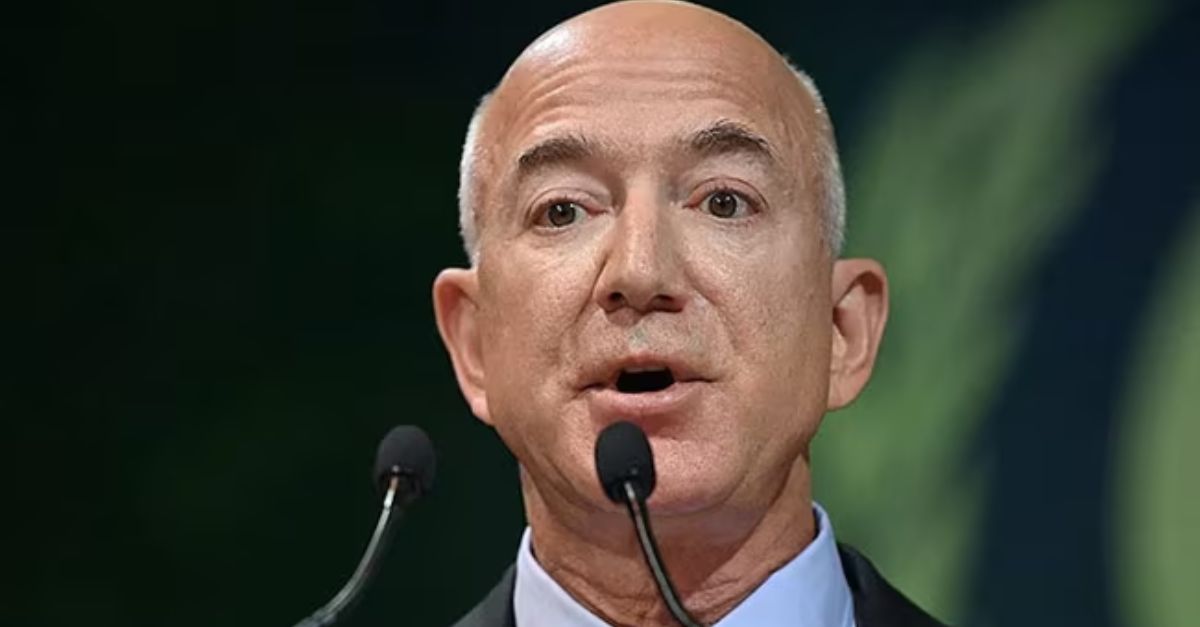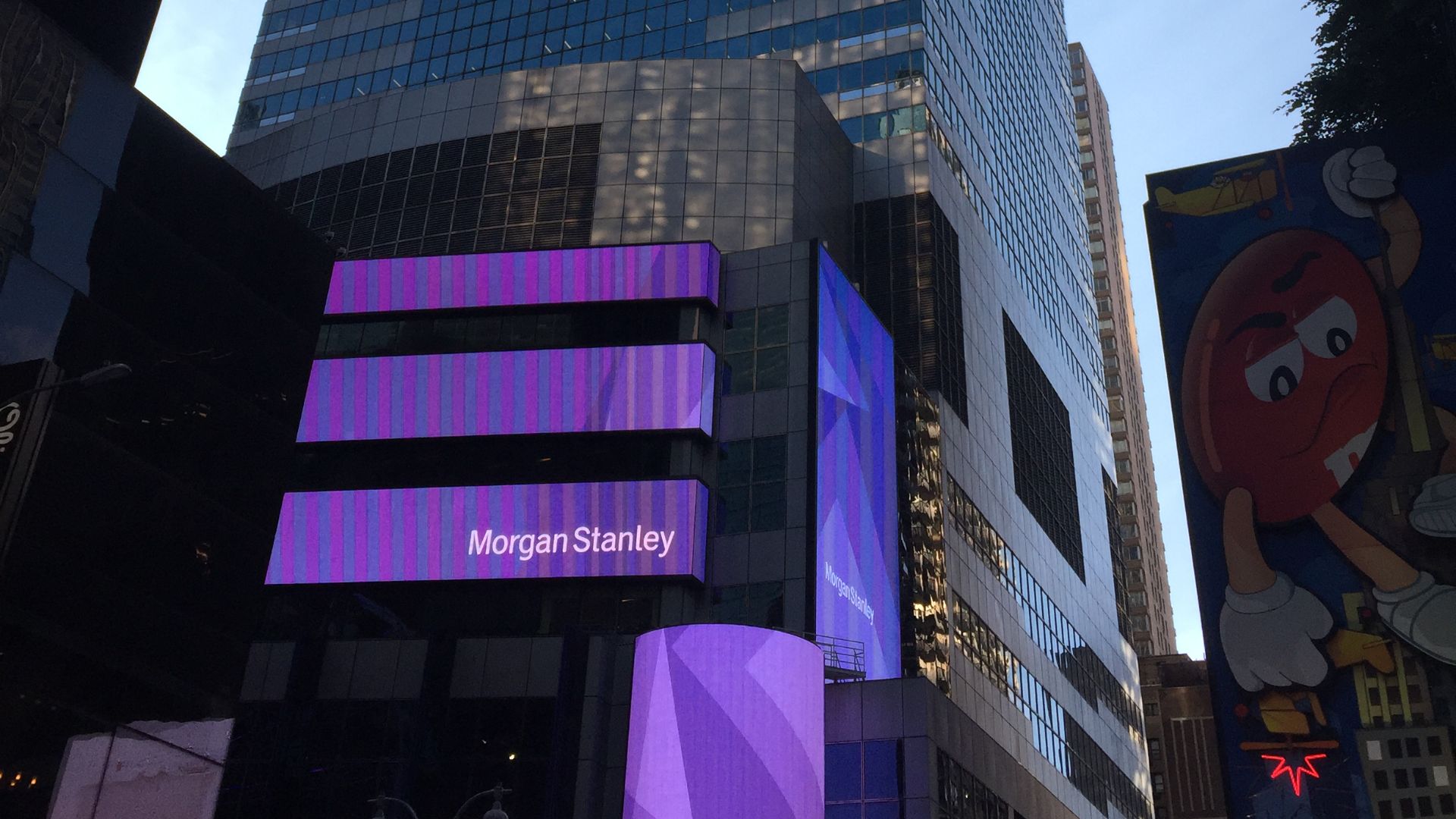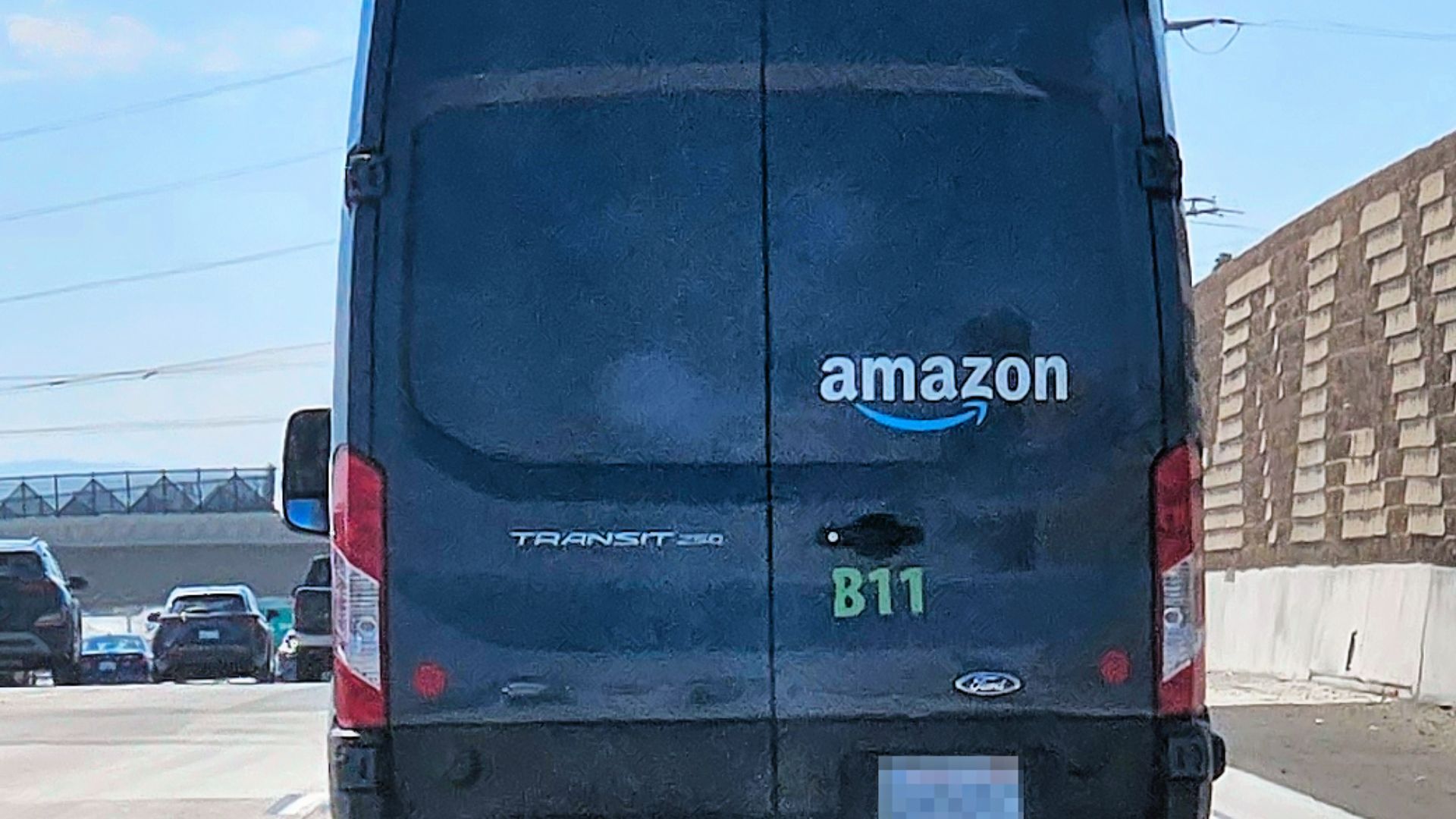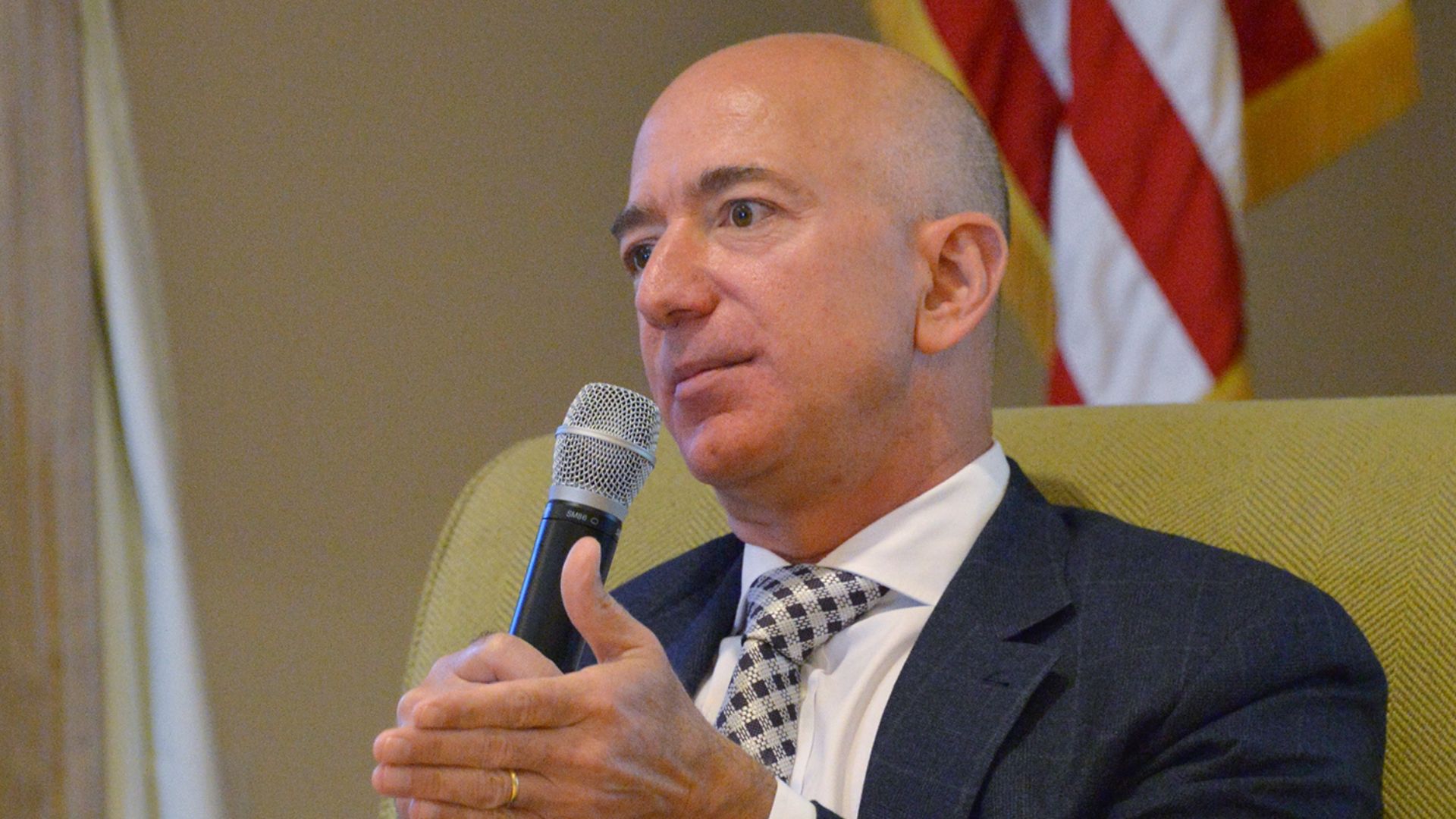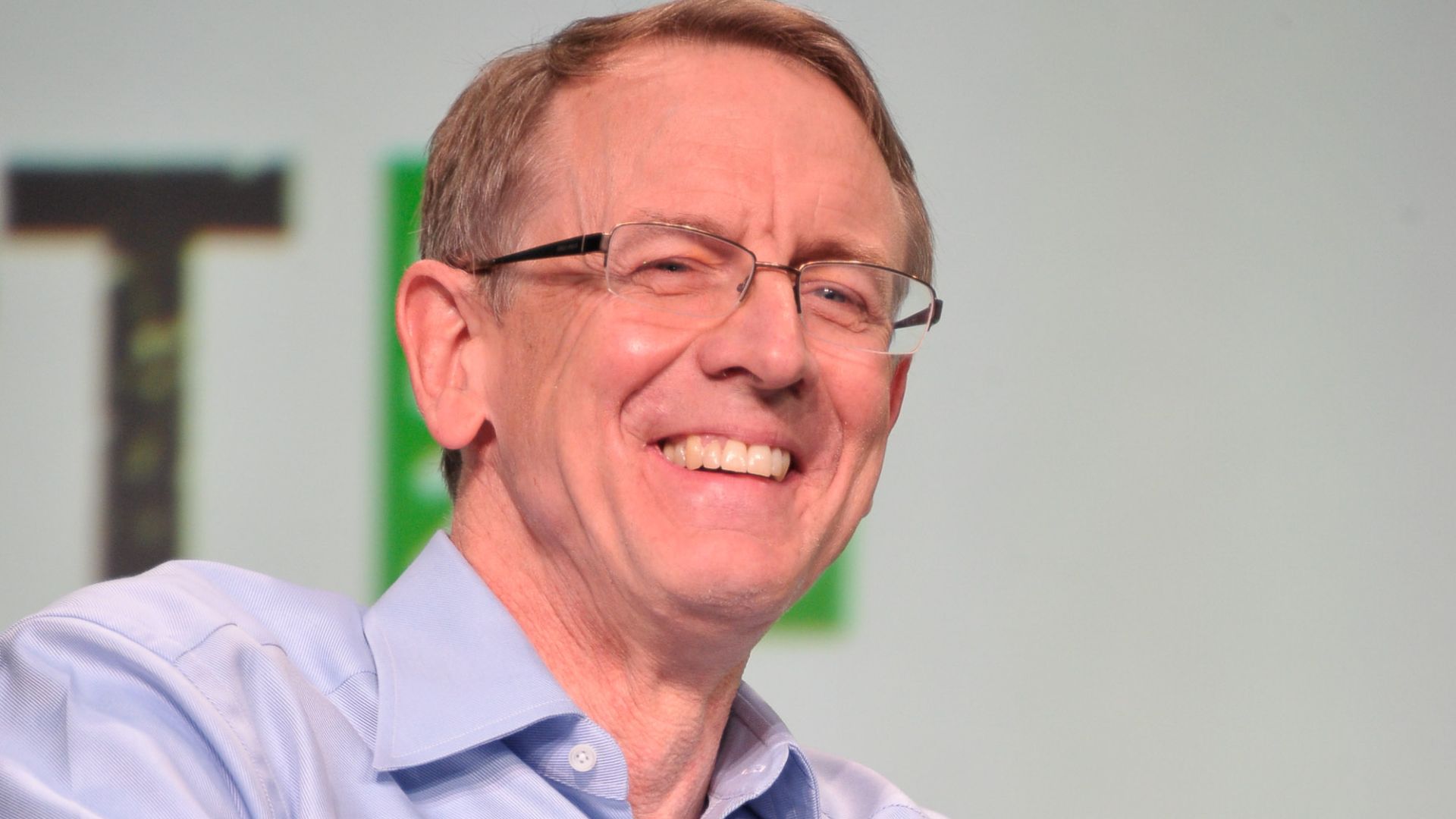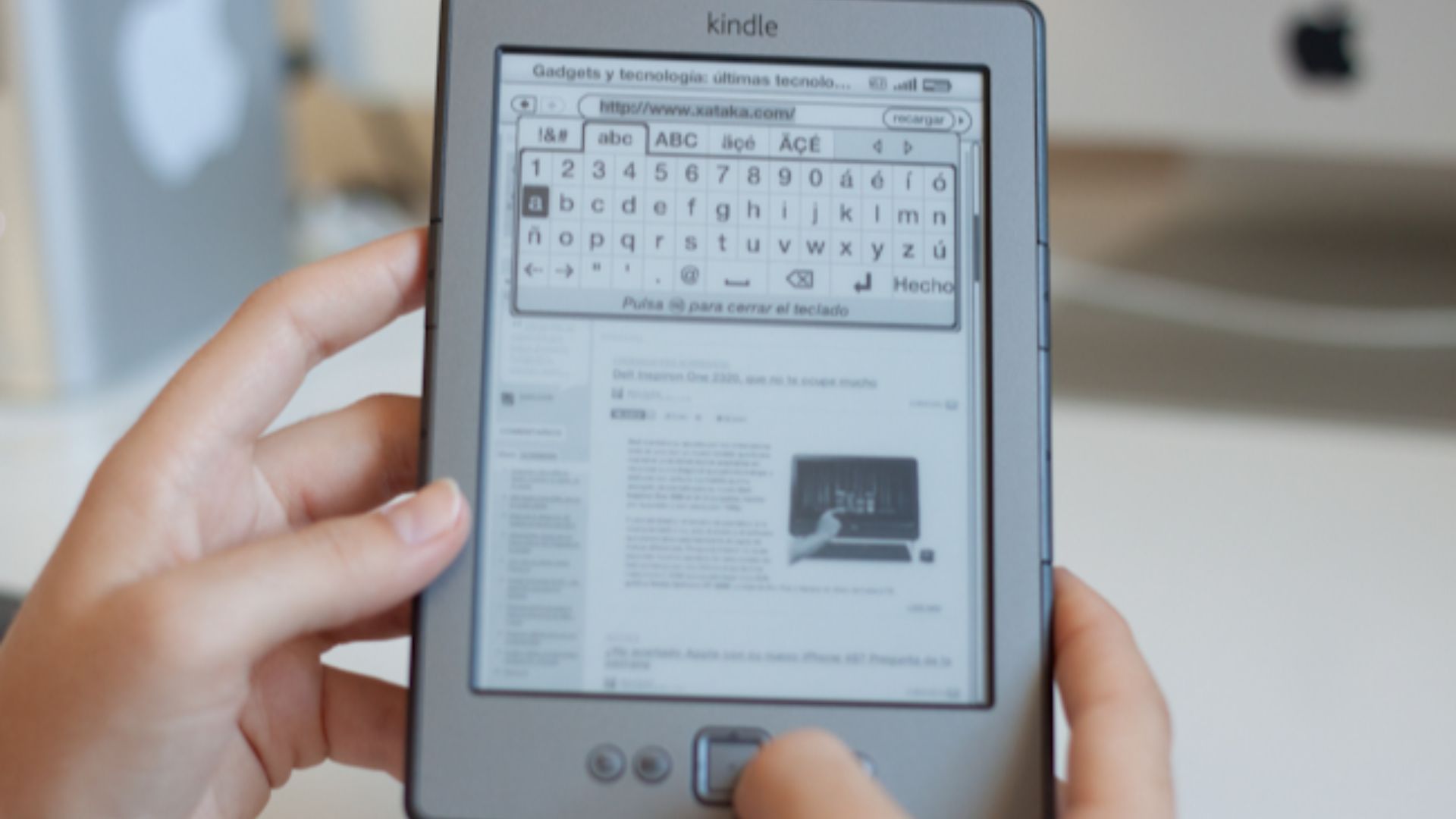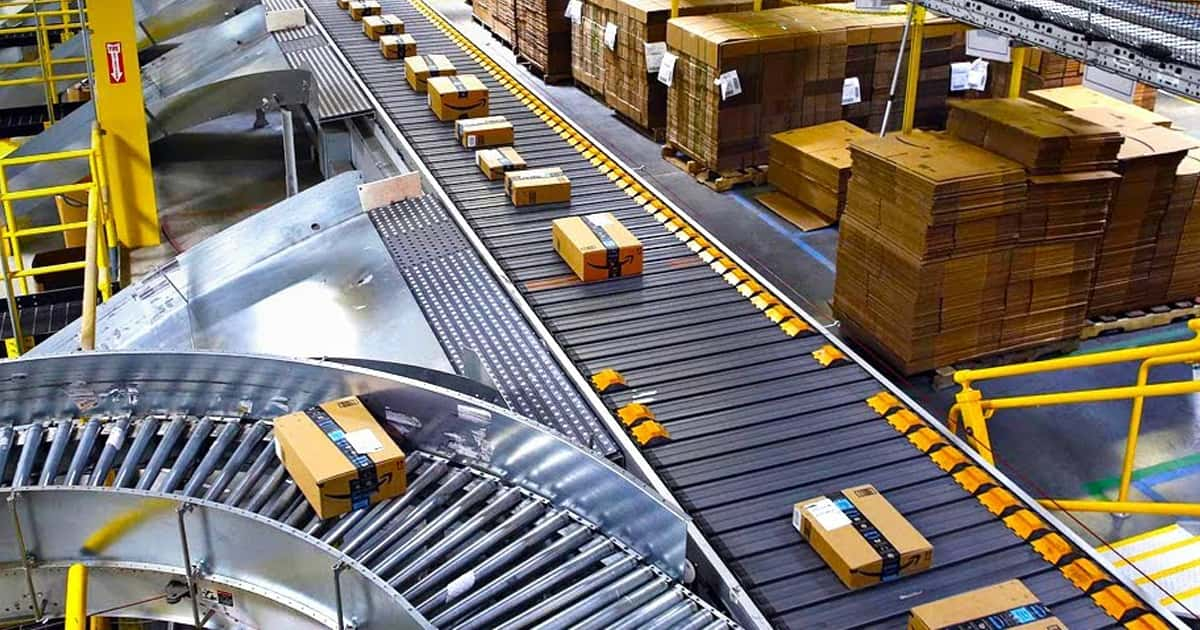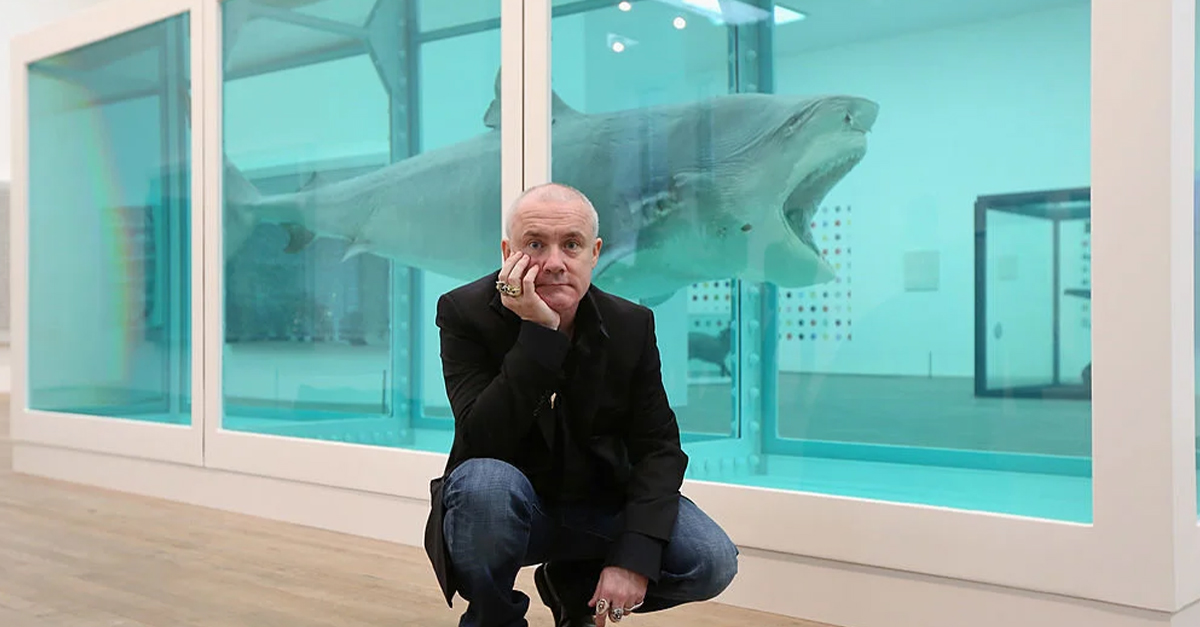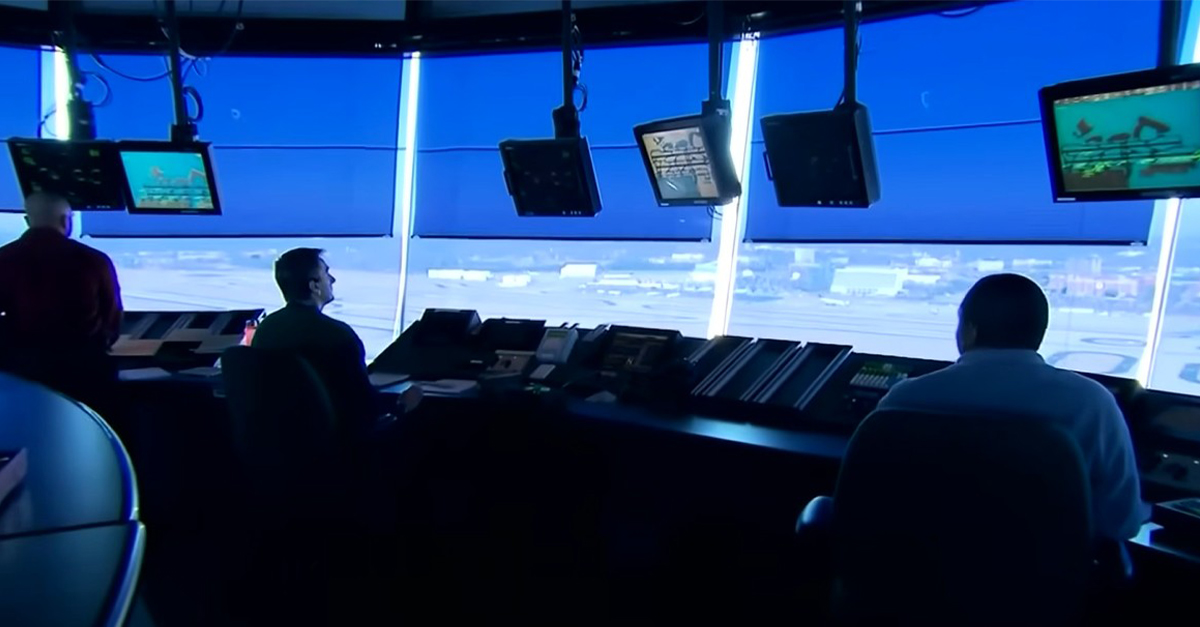How An Internet Bet Became A Global Blueprint
Jeff Bezos didn't wait for someone else to figure it out. He acted on a single, staggering number. His leap into online retail began with books, but it didn't stop there.
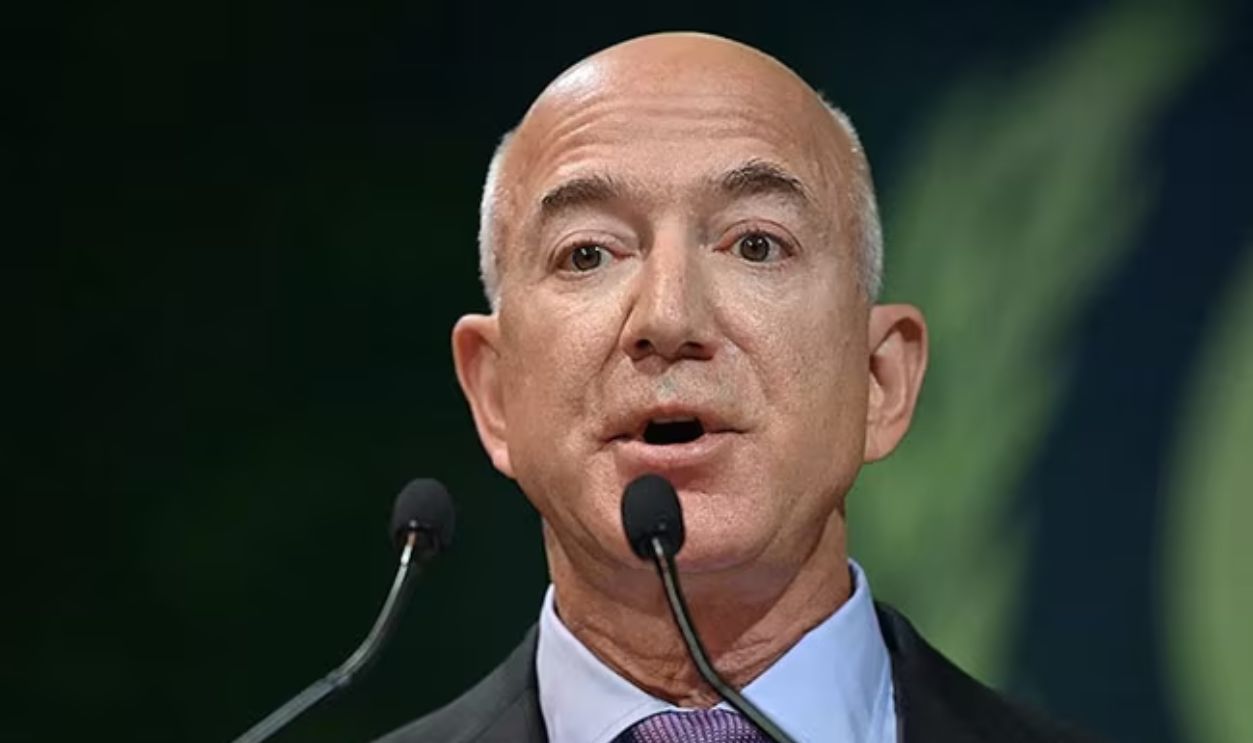
He Was A Rising Star At DE Shaw
In 1994, Jeff Bezos was a senior vice president at DE Shaw, where he oversaw internet-focused ventures. He crafted investment strategies and studied emerging tech. But he felt pulled toward something greater—an unclaimed frontier that couldn't be explored under someone else's vision or name.
 1166 Avenue of the Americas, Wikimedia Commons
1166 Avenue of the Americas, Wikimedia Commons
The 2,300% Internet Growth Stat Was His Turning Point
Bezos came across a figure he couldn't overlook: internet use had grown 2,300% in one year. This was not a distant forecast but a shift already underway. That number caught his attention, and it reshaped his thinking as the future began unfolding.
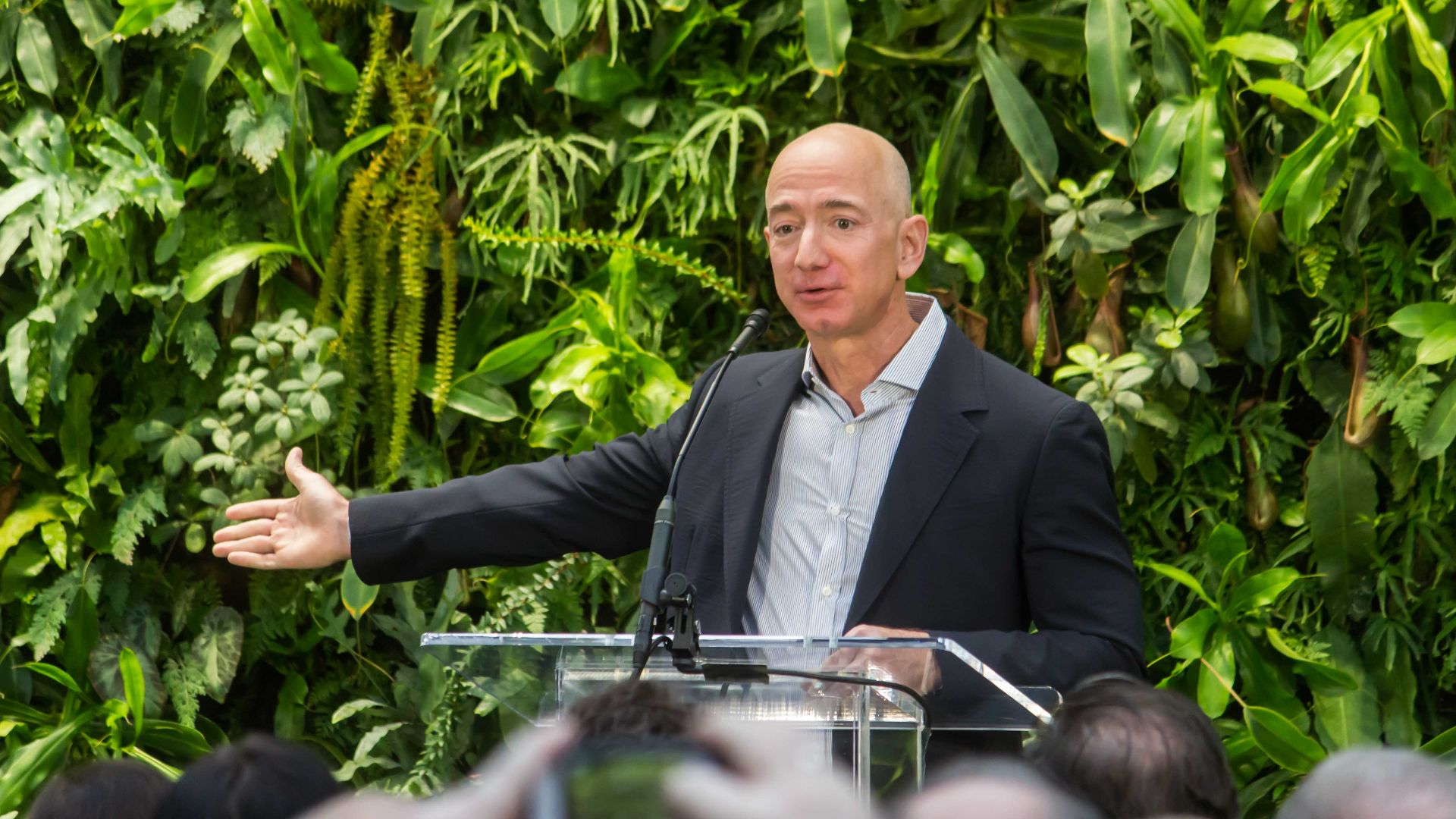 Seattle City Council from Seattle, Wikimedia Commons
Seattle City Council from Seattle, Wikimedia Commons
The 2,300% Internet Growth Stat Was His Turning Point (Cont.)
The data came from a Morgan Stanley analyst report that charted early internet adoption rates and reflected actual user behavior. Bezos recognized how rapidly usage had outpaced business adaptation, and while traditional retailers hesitated, he interpreted the numbers as a signal to act without delay.
He Sketched Dozens Of Startup Ideas On A Legal Pad
Bezos made a list. Music, software, office supplies, and books were all viable products available online. His goal was scalability and demand. Using his "regret minimization framework", he asked what he'd regret not trying. The list wasn't final, but it narrowed his path forward.
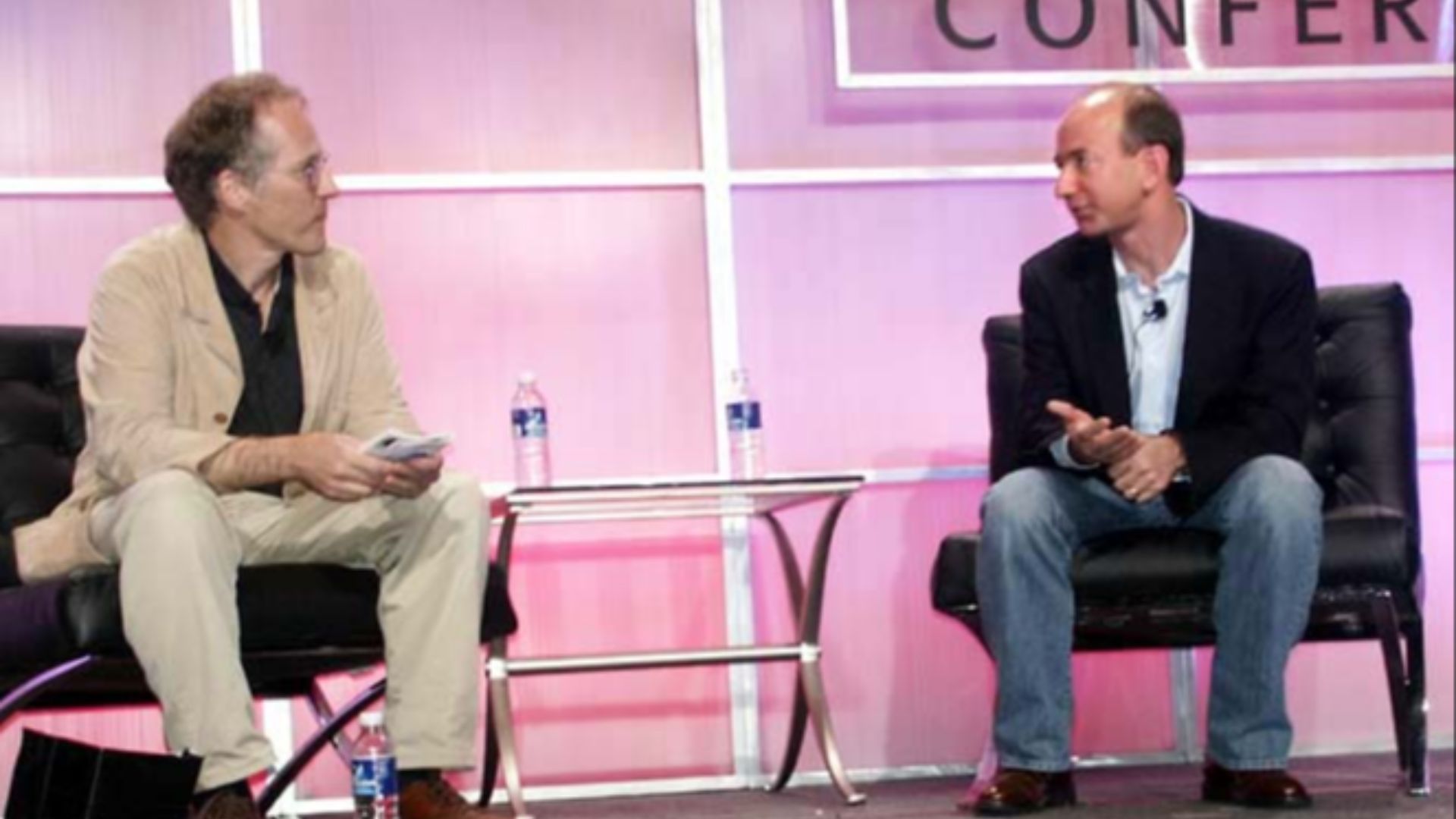 JD Lasica from Pleasanton, CA, US, Wikimedia Commons
JD Lasica from Pleasanton, CA, US, Wikimedia Commons
Books Offered The Largest Addressable Market
Books won on logistics and scope. Millions of titles existed, yet no physical store could stock them all. Books were consistent in shape and in constant demand. Bezos saw them as an unbeatable first product—broad and perfect for digital disruption.
Seattle Offered Proximity To Tech Talent And Book Wholesalers
Amazon needed speed and reliable supply chains, so Bezos looked west for a location that could deliver all three. Seattle stood out, not just for its talent pool and tax structure, but also for its proximity to Ingram's book distribution and Microsoft's engineering base —a decisive advantage he couldn't ignore.
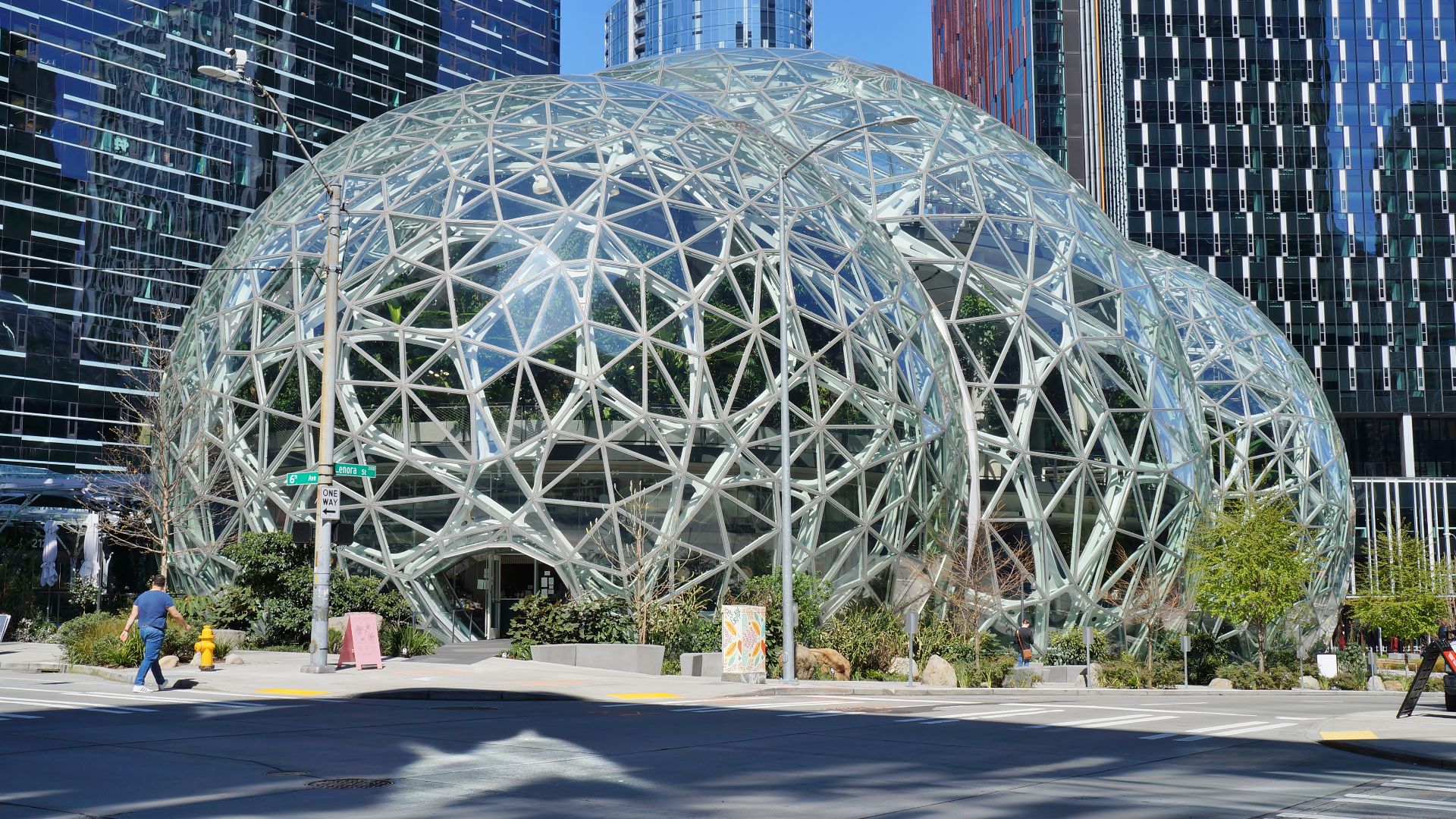 SounderBruce, Wikimedia Commons
SounderBruce, Wikimedia Commons
He Left New York By Car With A Laptop And A Plan
The internet boom had already begun, and Jeff and MacKenzie Bezos weren't about to lag. As they drove west in a Chevy Blazer, MacKenzie typed sections of the business plan from the passenger seat. They left New York with momentum, not hesitation, which guided every mile.
His Wife, MacKenzie, Helped Set Up The Company Legally
Her role was foundational, though often overlooked in the early telling. MacKenzie worked as Amazon's first accountant and secured office space. She was also a Princeton-trained novelist. More than a passenger, she shaped the company's legal footing and gave its early structure durability and order.
 Softballweyr, Wikimedia Commons
Softballweyr, Wikimedia Commons
Amazon Wasn't The First Name He Chose
Bezos considered several names before settling on Amazon. He initially favored "Cadabra", but it sounded too much like "cadaver". He registered the domain "Relentless.com", which still redirects to Amazon today. He finally chose "Amazon" to reflect vastness by starting with the letter "A".
Amazon.com Was Launched In July 1995 As An Online Bookstore
The site launched quietly with just a few employees and a makeshift server. Orders trickled in at first, then spiked within weeks. By September, Amazon had shipped books to all 50 states and 45 countries. The infrastructure was minimal, but the reach was immediate.
Operations Ran From A Suburban Garage
Inside a rented Bellevue home, Bezos and his early team unpacked boxes and fulfilled orders by hand. Fluorescent lights lit the garage where operations unfolded each day. A spray-painted sign marked the entrance, and the space served not as a symbol but as a practical workspace.
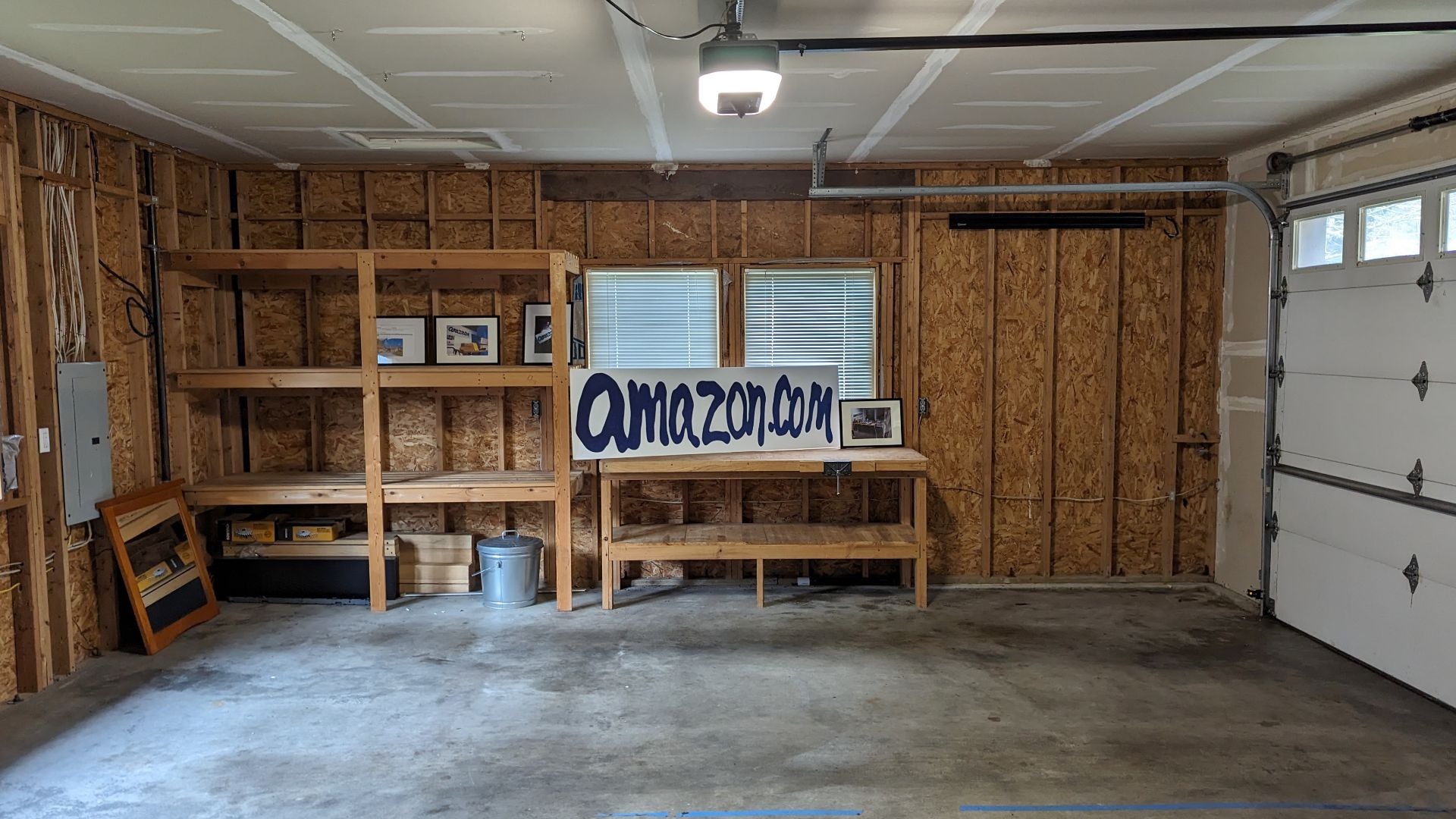 SounderBruce, Wikimedia Commons
SounderBruce, Wikimedia Commons
Operations Ran From A Suburban Garage (Cont.)
One detail often romanticized is the garage door. It didn't even open fully, which created awkward delivery conditions that required packages to be tilted or maneuvered carefully. Yet the team adjusted and kept pace. Their focus remained on execution, which reflected Amazon's early culture of resourceful scaling.
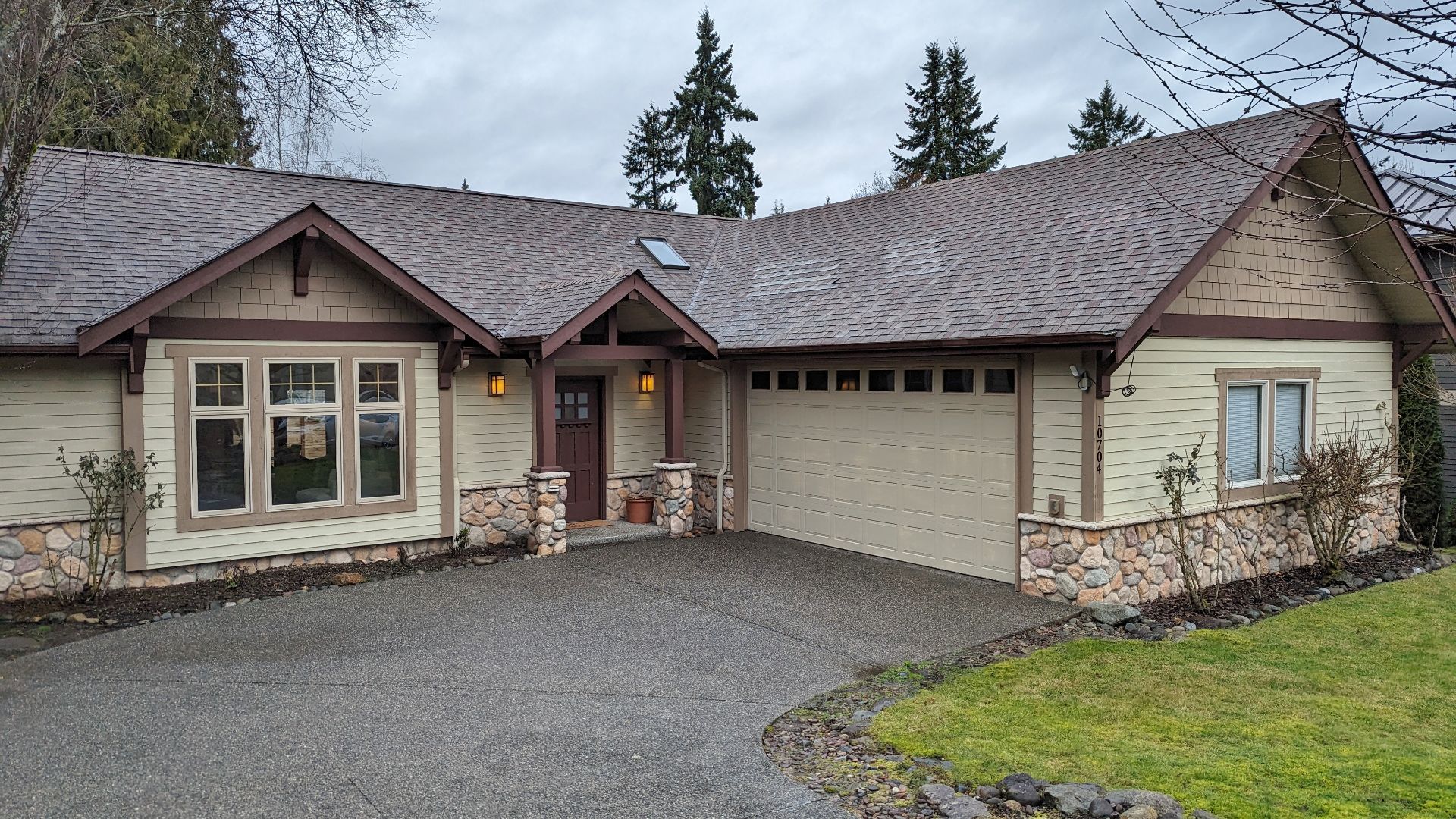 SounderBruce, Wikimedia Commons
SounderBruce, Wikimedia Commons
Early Orders Were Packed On The Floor Using Kneepads
Machines didn't handle the first rush of orders. Bezos and early hires packed books on their knees by sliding shipping labels across the floor. They wore kneepads from Home Depot and built packing tables only after bruises and splinters made improvisation unsustainable.
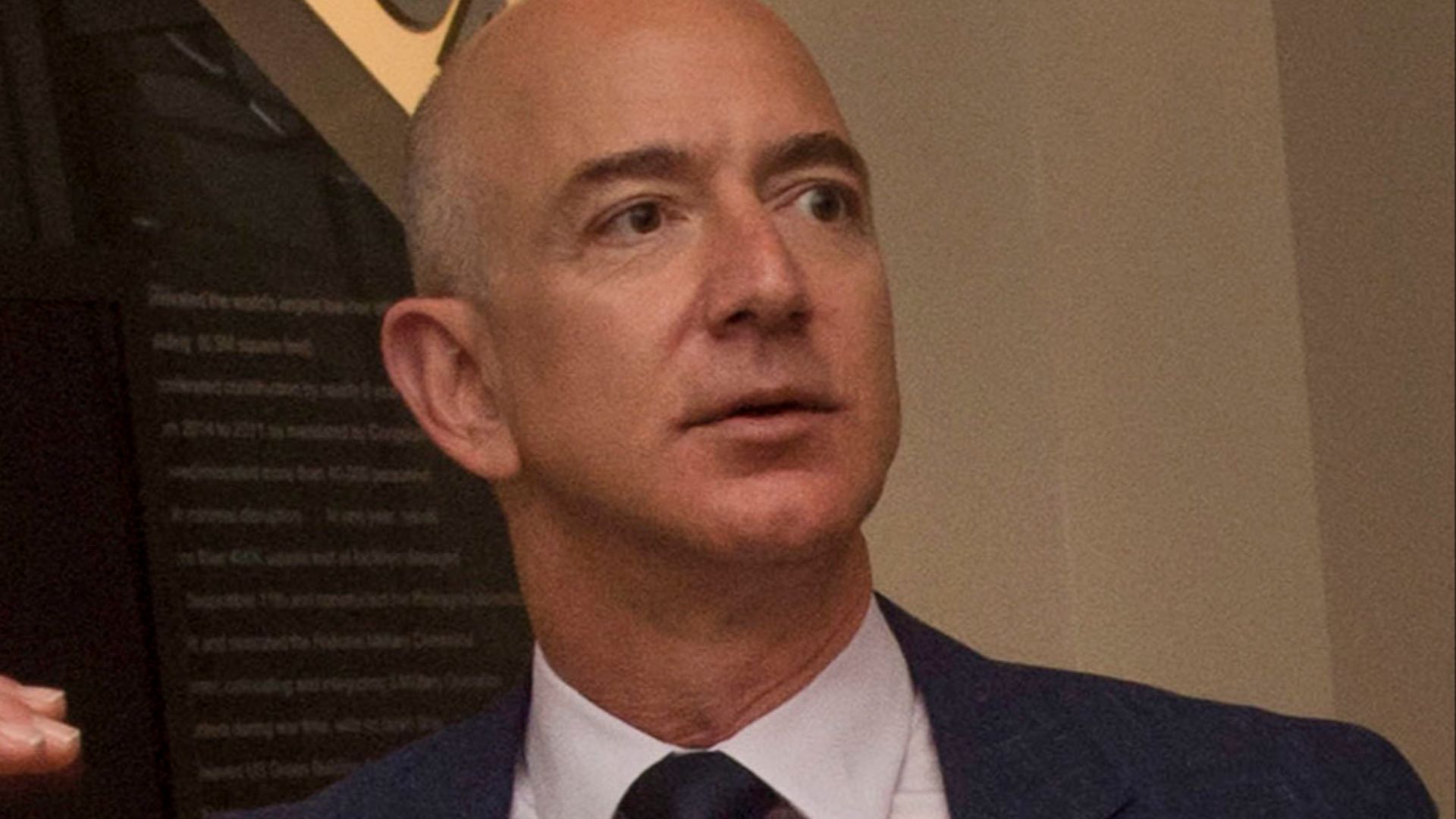 DoD photo by Senior Master Sgt. Adrian Cadiz (Released), Wikimedia Commons
DoD photo by Senior Master Sgt. Adrian Cadiz (Released), Wikimedia Commons
A Desk Bell Rang With Every New Order
Each sale carried weight in the early days, and a bell on a desk marked every incoming order. Initially, it rang just once or twice a day, but as orders surged and the bell rang constantly, the team eventually silenced it to maintain focus.
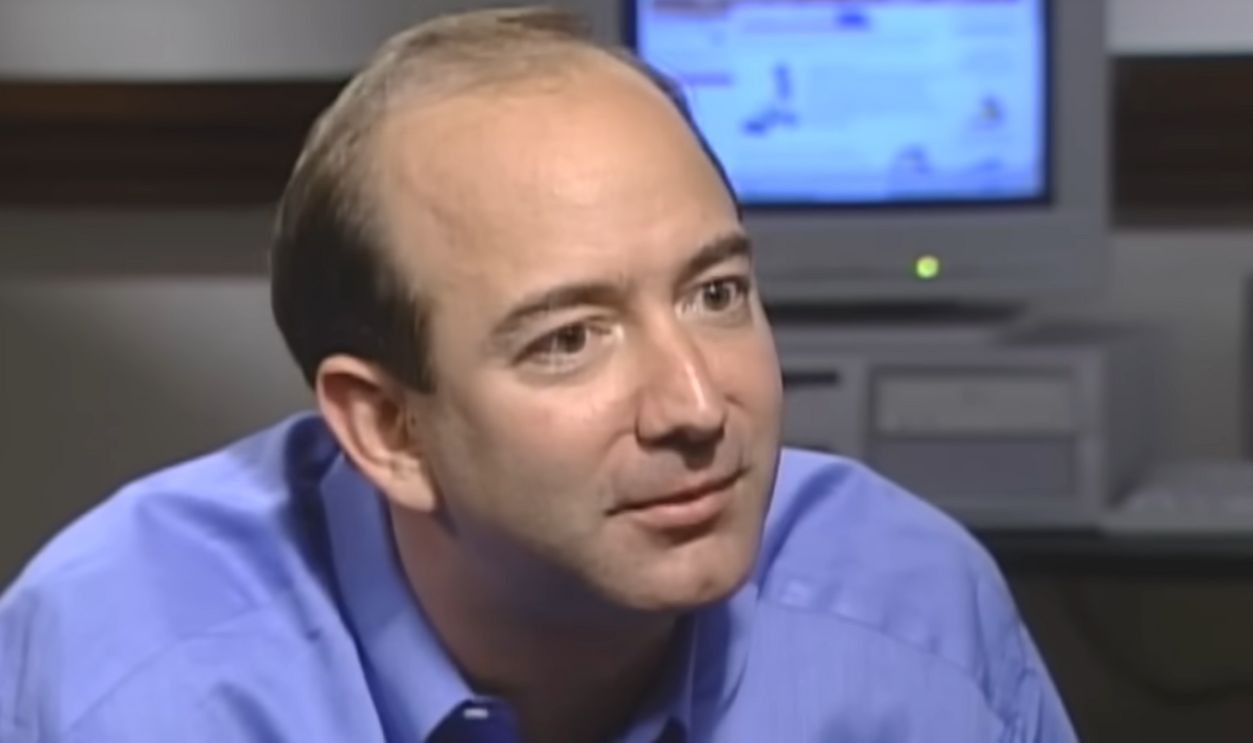 Jeff Bezos In 1999 On Amazon's Plans Before The Dotcom Crash by CNBC
Jeff Bezos In 1999 On Amazon's Plans Before The Dotcom Crash by CNBC
Customer Feedback Was Encouraged And Personally Tracked
Customers didn't just click and disappear. Bezos read incoming feedback himself by flagging comments and suggestions for the team to review. Complaints became prompts for changes. He wanted the site to feel responsive and have a human touch. Early loyalty was built through that direct and fast feedback loop.
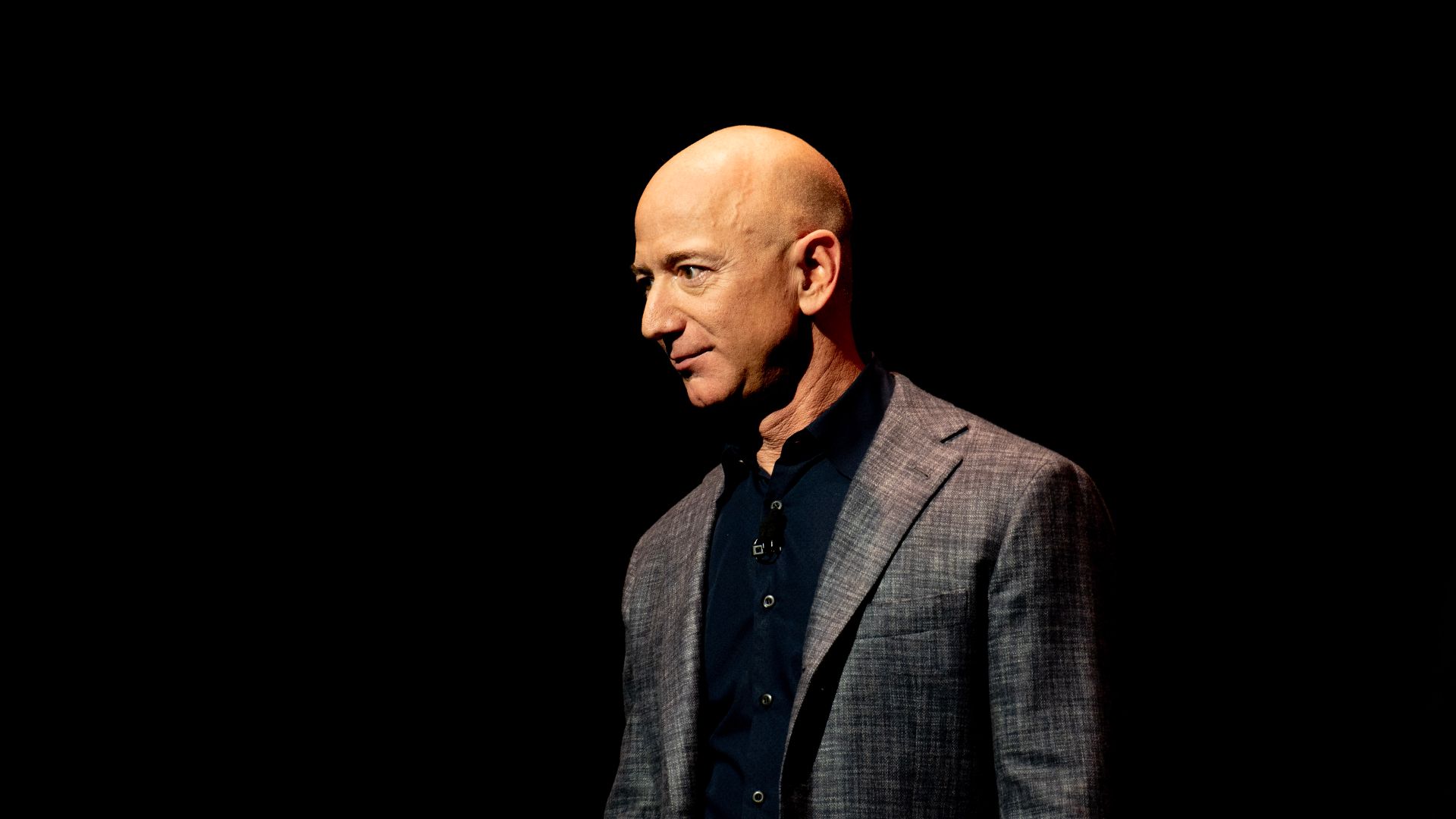 Daniel Oberhaus, Wikimedia Commons
Daniel Oberhaus, Wikimedia Commons
He Personally Emailed Customers For Product Reviews
In the early days of Amazon, Jeff Bezos personally emailed customers to encourage them to leave reviews, including both positive and critical ones. He believed that openness fostered trust and that visible transparency, not curated perfection, would distinguish Amazon from others who hesitated to publish unfiltered feedback.
He Worked 12-Hour Shifts Alongside His First Employees
Bezos handled customer service and packed orders alongside early employees, which blended leadership with daily execution. Workdays stretched beyond 12 hours, and job titles mattered little since everyone shared responsibilities. Through this hands-on rhythm, a culture of effort and collaboration began to take permanent shape.
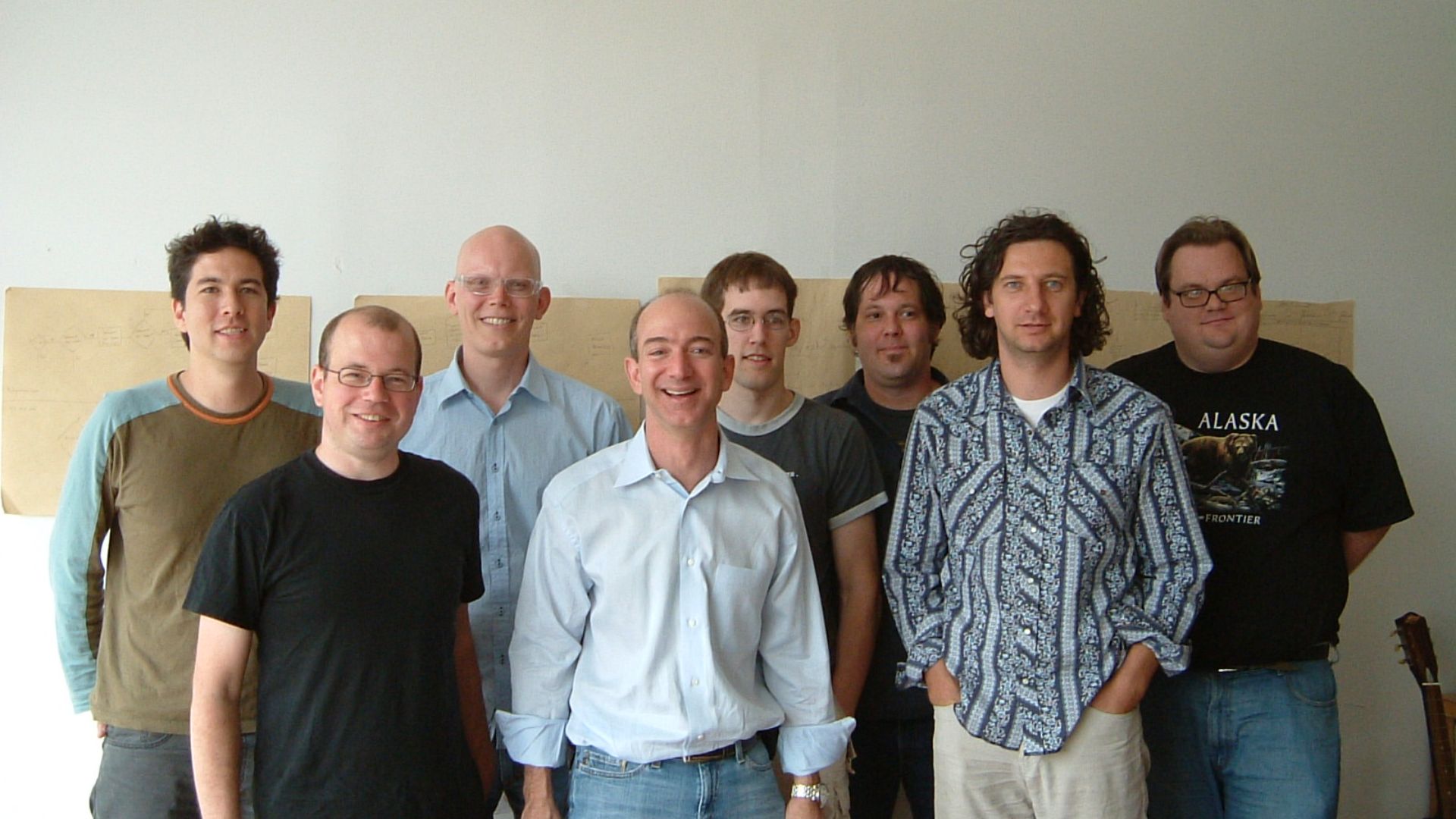 Daniel Spils, Wikimedia Commons
Daniel Spils, Wikimedia Commons
Even The Desks Told A Story Of Frugality
Instead of purchasing office desks, the early team built them using hollow-core wooden doors and four-by-four legs to minimize expenses. These makeshift desks became symbolic of Amazon's frugal mindset. Even as the company grew, new employees continued to use desks crafted in the same resource-conscious spirit.
He Predicted Profit Would Take Years And Told Investors So
In Amazon's 1997 shareholder letter, Jeff Bezos warned that profitability would take time. He made it clear that long-term growth and market leadership mattered more than short-term gains. Investors were told to expect reinvestment, not quick returns. The message shaped expectations and attracted patient capital.
 Amazon Interview: Jeff Bezos 1997 Letter to Shareholders (Audio & slides) by Dan Croitor
Amazon Interview: Jeff Bezos 1997 Letter to Shareholders (Audio & slides) by Dan Croitor
His Parents Invested $245,573 Without Knowing The Details
Jackie and Mike Bezos gave their son nearly $250,000 in 1995 to help launch Amazon. They didn't ask for spreadsheets or forecasts. Their belief was rooted in trust, and their support became a vital bridge between a promising idea and operational reality.
His Parents Invested $245,573 Without Knowing The Details (Cont.)
Their investment helped fund early hiring and Amazon's initial inventory. The money reportedly came from their retirement savings. Though the risk was significant, it paid off. As Amazon scaled, its stake positioned it among the most successful individual investors in modern tech history.
 Patrick McMullan, Getty Images
Patrick McMullan, Getty Images
The First Major VC Funding Came From Kleiner Perkins
Amazon's meeting with Kleiner Perkins in 1996 marked a turning point. After reviewing growth data and projections, the firm committed $8 million in funding. The valuation reached $60 million, and the deal provided Amazon with both capital and guidance as it scaled nationally.
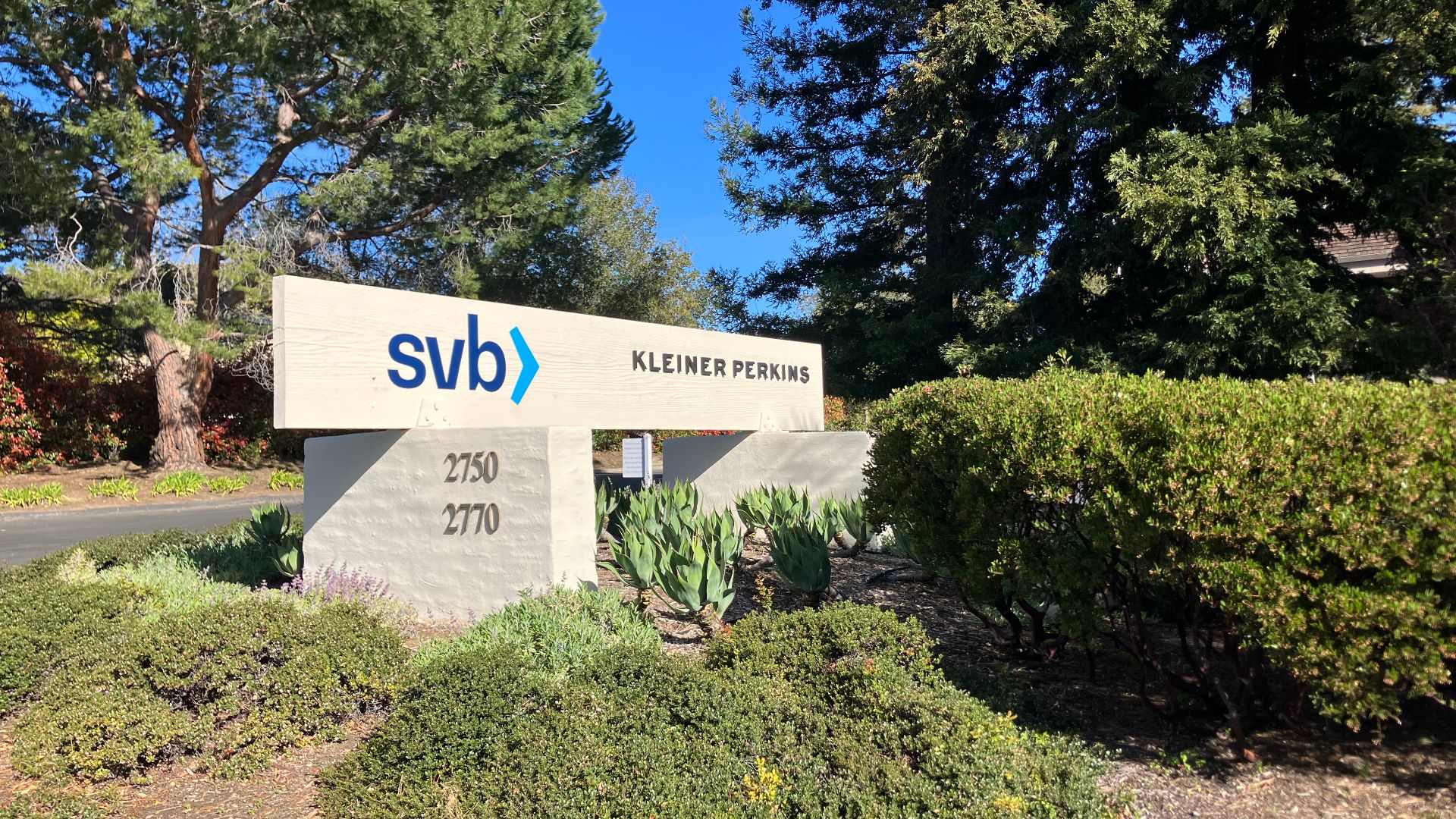 King of Hearts, Wikimedia Commons
King of Hearts, Wikimedia Commons
The First Major VC Funding Came From Kleiner Perkins (Cont.)
John Doerr of Kleiner Perkins joined Amazon's board shortly after the investment was made. His insight helped shape early strategic choices. The firm's credibility also signaled confidence to future backers. Their support demonstrated real traction and Bezos's data-driven vision for long-term market leadership.
Early Investors Were Warned They Might Lose Everything
The 1995 Amazon business plan clearly outlined risk by cautioning that investors could lose their entire stake. Rather than promising immediate success, it emphasized uncertainty and long-term ambition. This approach built credibility and drew support from investors who respected honesty and understood the nature of high-risk, high-reward ventures.
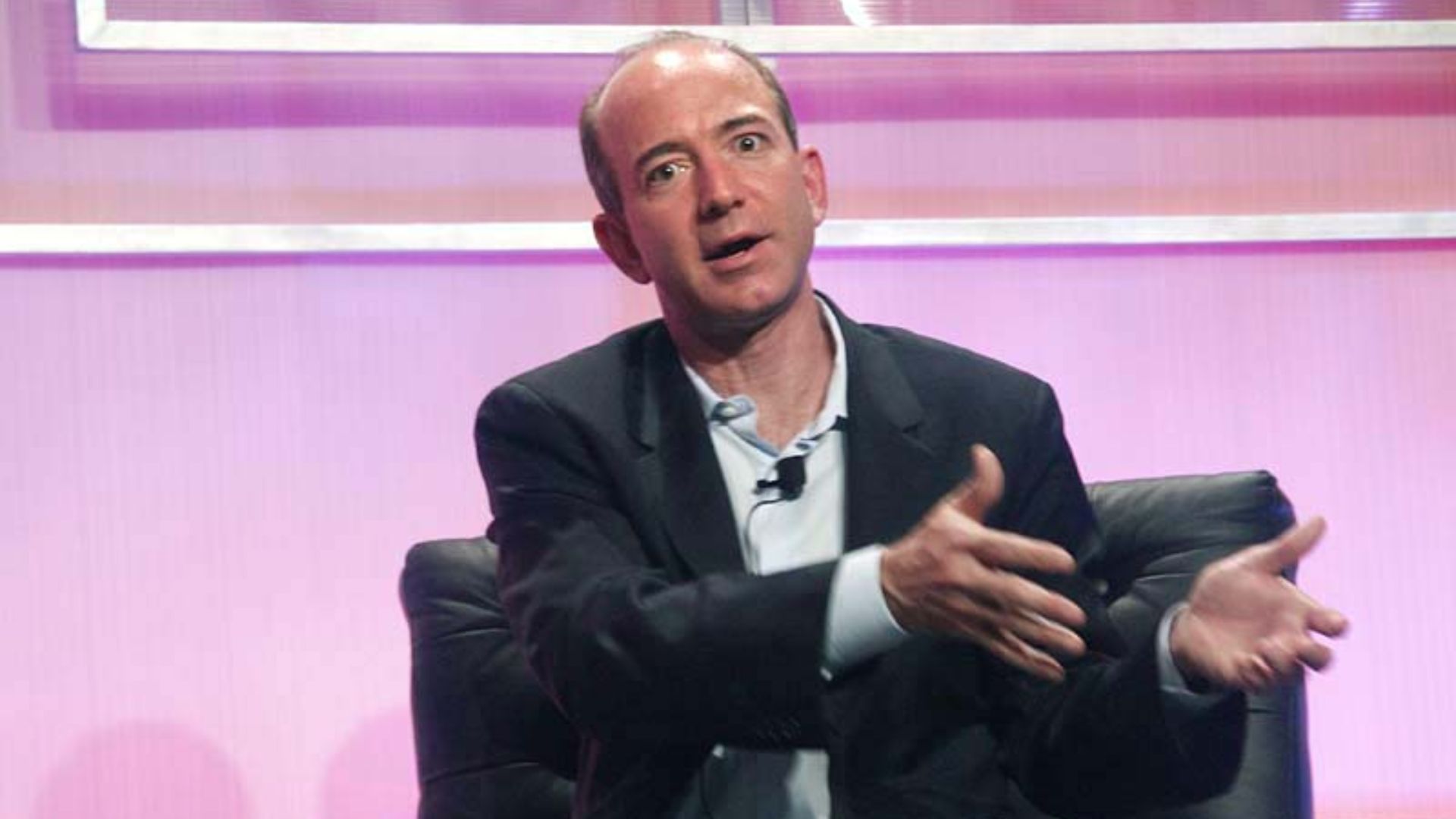 JD Lasica from Pleasanton, CA, US, Wikimedia Commons
JD Lasica from Pleasanton, CA, US, Wikimedia Commons
Growth Became A Survival Strategy, Not A Choice
Amazon faced narrow profit margins and growing competition, which compelled it to scale rapidly to survive. Bezos expanded the product catalog and prioritized faster shipping. This aggressive growth helped Amazon stabilize its operations and extend its reach while preparing for future market challenges.
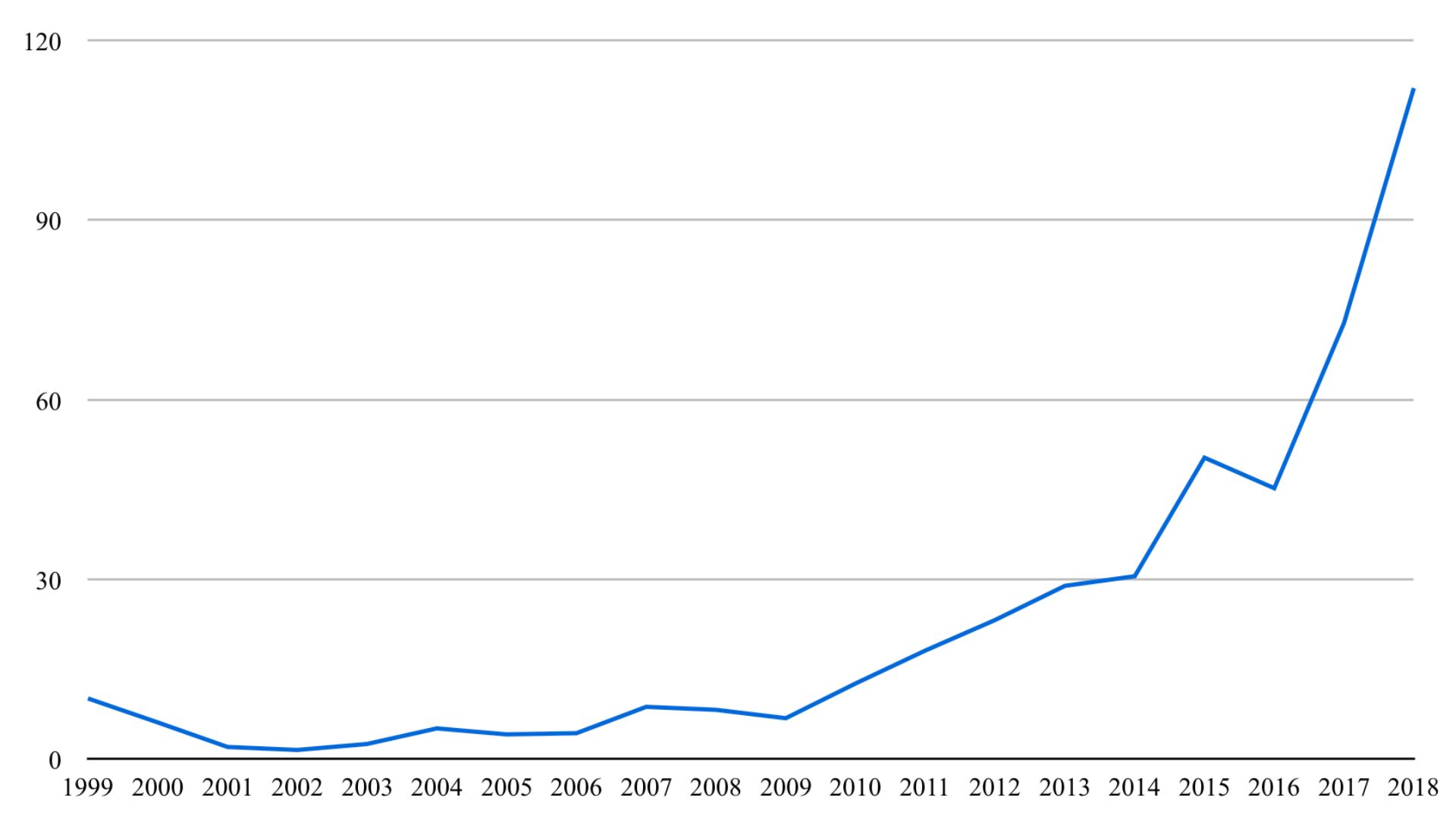 LivinRealGüd, Wikimedia Commons
LivinRealGüd, Wikimedia Commons
The 1997 IPO Raised $54 Million Despite Zero Profits
Amazon went public on May 15, 1997, with shares priced at $18. The IPO raised $54 million and valued the company at $438 million. Investor enthusiasm remained high, even without profits, as Amazon's early growth suggested enormous untapped potential in the online retail sector.
The 1997 IPO Raised $54 Million Despite Zero Profits (Cont.)
The company's SEC filing—submitted to the US Securities and Exchange Commission—outlined continued losses and flagged future risk. Yet investor confidence held. Many expected scale to precede profit. Amazon's rapid growth and broad ambition appealed to those watching tech reshape commerce, even without immediate earnings to prove it.
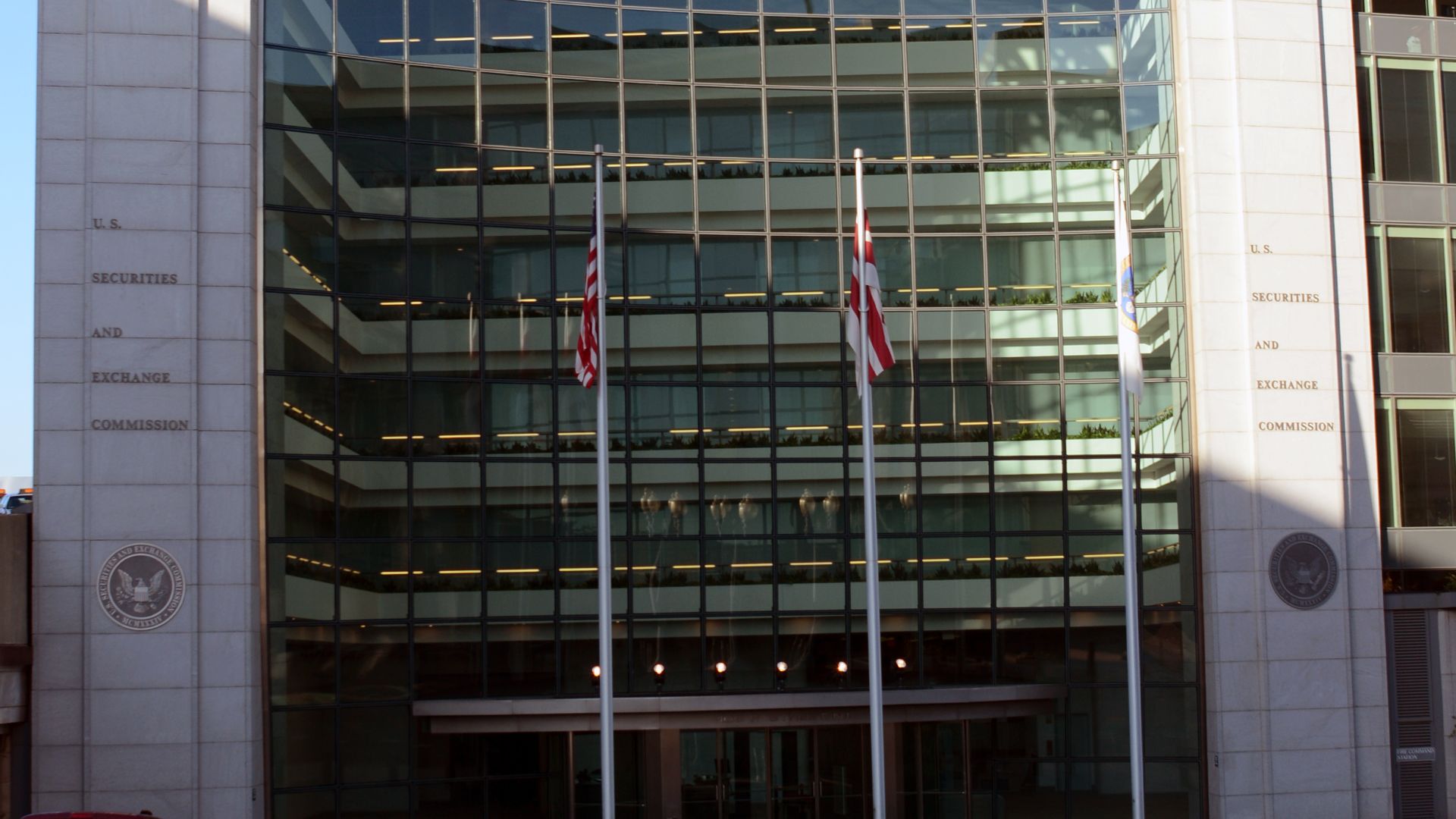 Don Ramey Logan, Wikimedia Commons
Don Ramey Logan, Wikimedia Commons
Bezos Told Staff To Expect Scrutiny, Not Praise
After the IPO, Bezos chose caution over celebration by addressing employees about the scrutiny that public companies attract. He emphasized through internal memos that discipline and resilience were essential, urging the team to focus on performance. Amazon's visibility would now grow alongside its public and investor expectations.
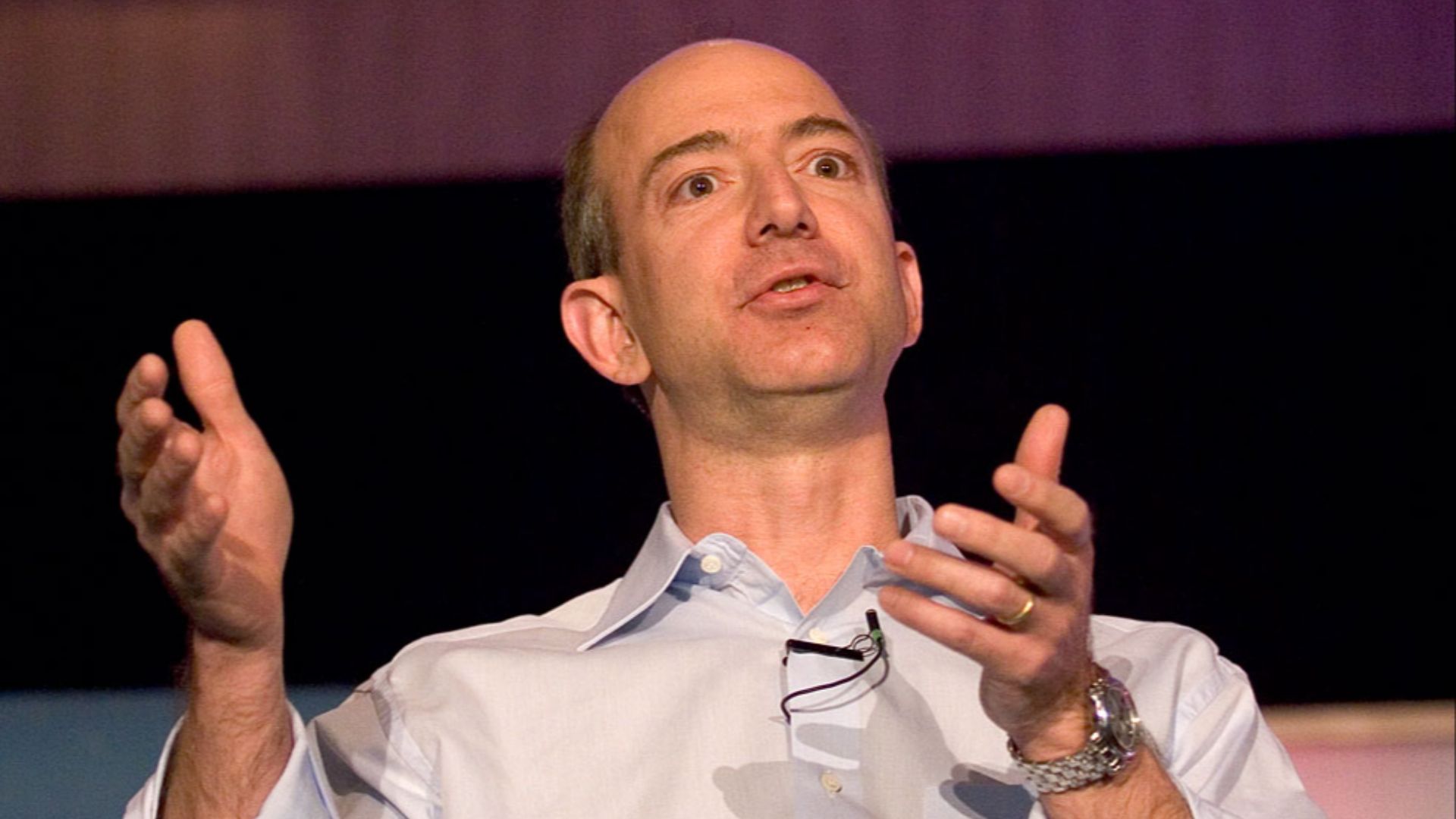 James Duncan Davidson from Portland, USA, Wikimedia Commons
James Duncan Davidson from Portland, USA, Wikimedia Commons
Books Were Just The Entry Point
By 1998, Amazon expanded beyond books into music and DVDs and then into electronics. Bezos envisioned Amazon as the "everything store", and early diversification proved vital. These categories introduced new logistics challenges, but they also pushed Amazon closer to being a comprehensive online retailer.
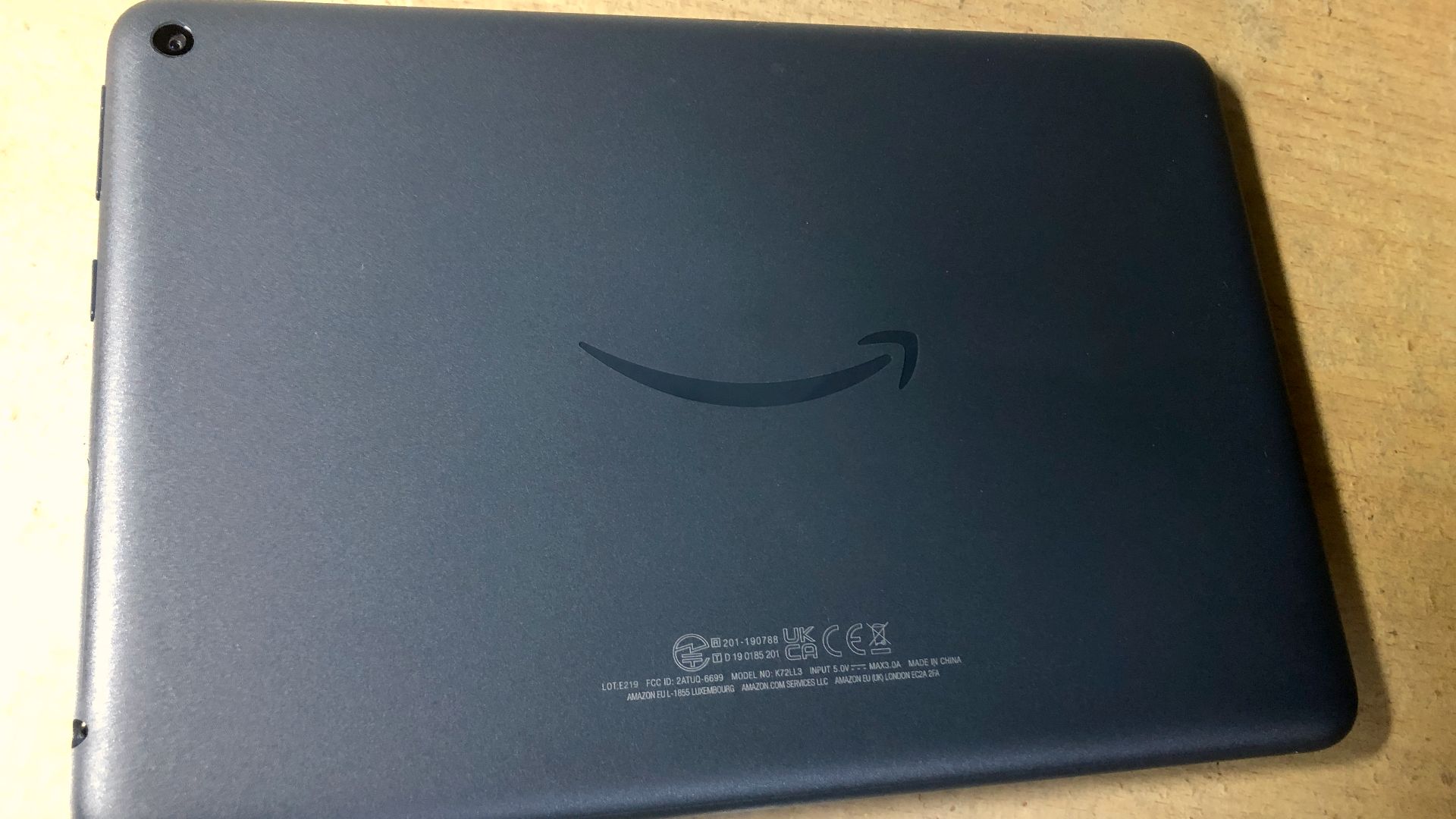 KKPCW(Kyu3), Wikimedia Commons
KKPCW(Kyu3), Wikimedia Commons
One-Click Ordering Was Patented And Controversial
In 1999, Amazon secured a patent for its 1-Click ordering system. The feature simplified checkout and helped retain customers, but it also drew criticism. Rivals like Barnes & Noble challenged the scope of the patent. Despite the controversy, 1-Click gave Amazon a competitive advantage until the patent expired in 2017.
The Marketplace Allowed Third-Party Sellers To Compete
Amazon expanded its catalog and simultaneously opened its platform. In 2000, the company launched Marketplace, which allowed independent sellers to list their products directly. This shift increased product selection and revenue, and as the ecosystem matured, third-party sellers came to represent over half of Amazon's retail transactions.
 picture alliance, Getty Images
picture alliance, Getty Images
Free Shipping Was A Loss Leader That Boosted Loyalty
Early data showed that shipping fees discouraged repeat purchases. Amazon tested free shipping offers, even when it meant incurring short-term losses. The results were clear: loyalty rose. This insight later inspired the launch of Amazon Prime, which redefined convenience and shaped consumer expectations for online shopping.
Internal Metrics Tracked Every Click And Scroll
Amazon's retail system captured detailed user behavior, including over time and the number of links followed. These behavioral cues informed algorithms that adjusted search results and redesigned homepage layouts. Data is what guided decisions at every level and operated as a continuous engine for site improvement.
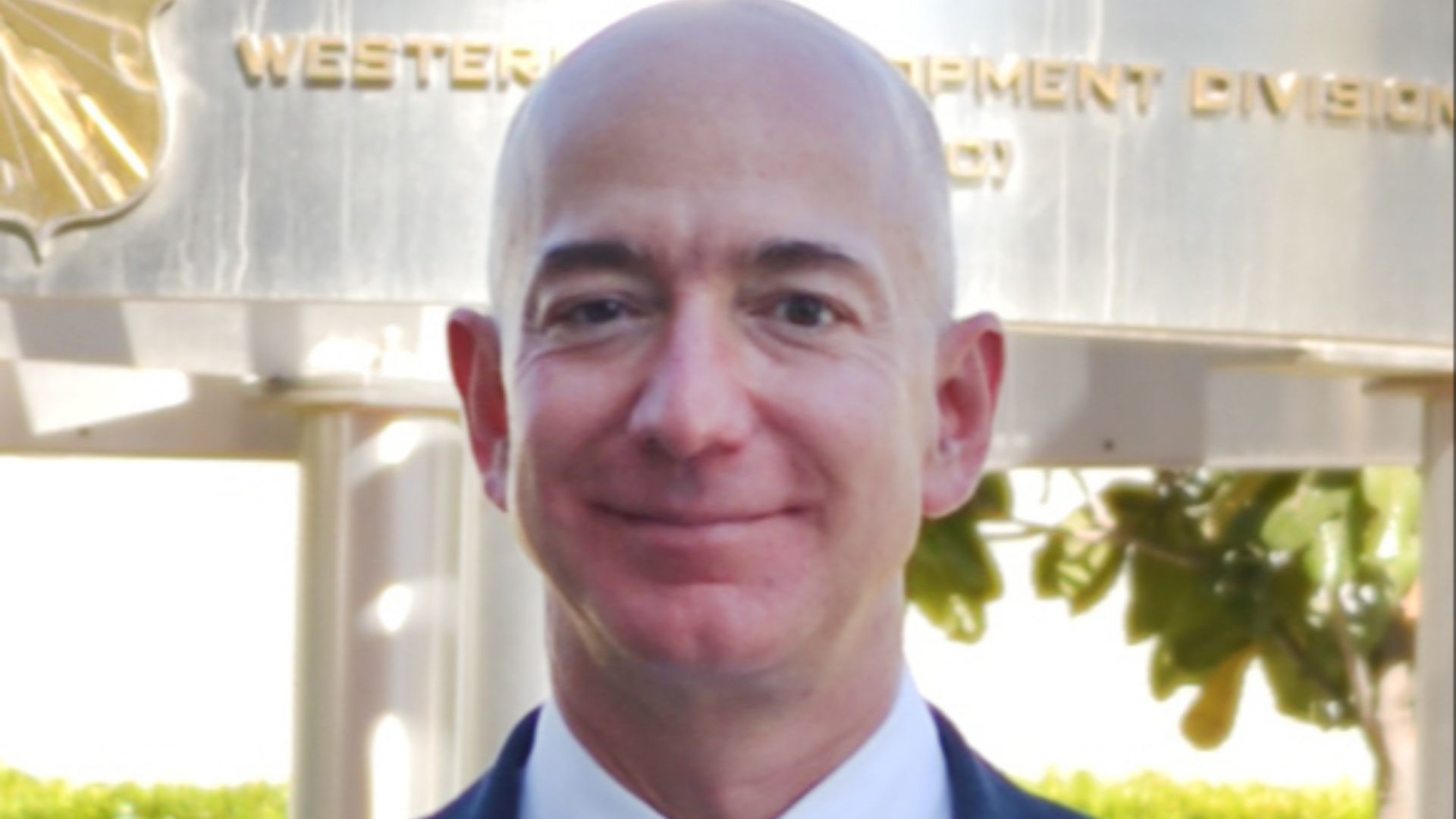 Los Angeles Air Force Base Space and Missile System Center, Wikimedia Commons
Los Angeles Air Force Base Space and Missile System Center, Wikimedia Commons
Fulfillment Centers Became Its True Competitive Edge
Bezos knew software alone couldn't deliver goods. Amazon invested heavily in fulfillment centers, constructing massive warehouses near key regions. These centers evolved with conveyor belts and real-time inventory systems. The faster products were shipped, the more Amazon distinguished itself from slower, less automated competitors.
Algorithms Began Replacing Merchandising Decisions
Traditional retail relied on merchandisers to forecast demand. Amazon used algorithms that processed browsing data and seasonal behavior. Automated systems began suggesting products before shoppers even searched. Over time, this approach drove much of Amazon's early sales and reduced reliance on human prediction.
 U.S. Space Force image by Van Ha, Wikimedia Commons
U.S. Space Force image by Van Ha, Wikimedia Commons
The Dot-Com Crash Slashed Amazon's Market Value
Between 1999 and 2001, Amazon's stock price plunged from $107 to just under $6. The crash unraveled many dot-com hopefuls, yet Amazon remained public and focused. Behind the scenes, leadership worked to contain costs and reassure investors that recovery was still within reach.
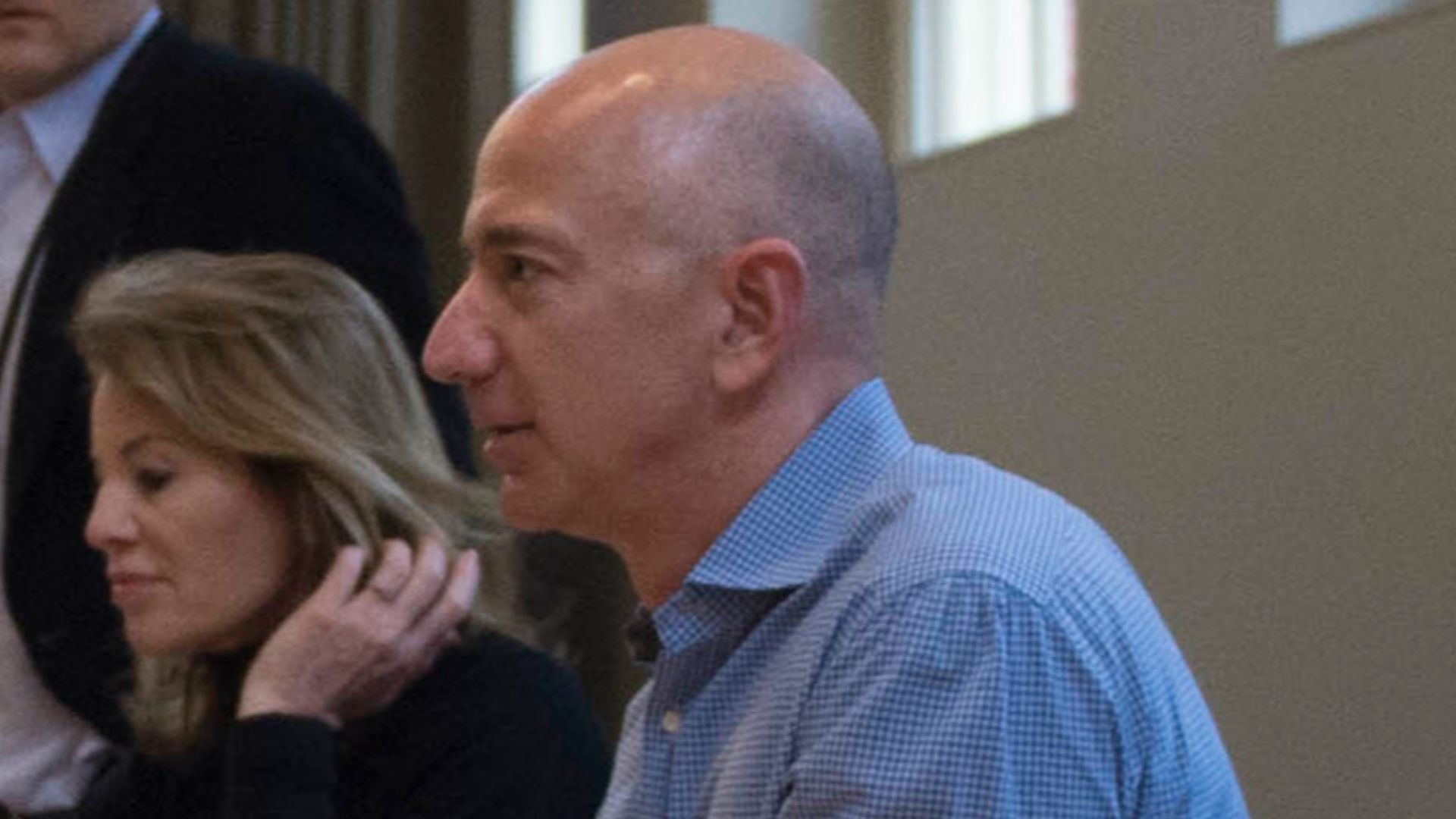 Navy Petty Officer 1st Class Tim D. Godbee, Wikimedia Commons
Navy Petty Officer 1st Class Tim D. Godbee, Wikimedia Commons
The Dot-Com Crash Slashed Amazon's Market Value (Cont.)
Analysts labeled Amazon overvalued, and media forecasts turned grim. Bezos responded by focusing on improving efficiency and expanding distribution centers. The stock collapsed, yet customer experience remained a priority. Stability came through steady reinvestment and a clear strategy rooted in long-term operational focus.
 Steve Jurvetson, Wikimedia Commons
Steve Jurvetson, Wikimedia Commons
Bezos Cut 15% Of Staff But Kept R&D Intact
In early 2001, Bezos reduced Amazon's workforce by approximately 1,300 employees, or about 15%. However, he preserved investments in technology and product development. While others shut down labs, Amazon continued testing features and services. Bezos believed innovation was essential, even when the company faced mounting financial pressure.
 ALFREDO ESTRELLA, Getty Images
ALFREDO ESTRELLA, Getty Images
Kindle Was A Bold Move To Digitize Reading
Launched in 2007, the Kindle revolutionized the way people consumed books. With wireless downloads and a massive catalog, it disrupted not just bookstores but also traditional publishing. Bezos viewed the device as a service, not just hardware, which enabled Amazon to retain customers through seamless access to content.
AWS Was Originally Built For Internal Dev Needs
Amazon Web Services (AWS) began as a solution to Amazon's infrastructure bottlenecks. Developers needed faster deployment tools, so the company built cloud-based solutions internally. By 2006, AWS was launched externally by offering storage and compute power. It later became one of Amazon's most profitable divisions.
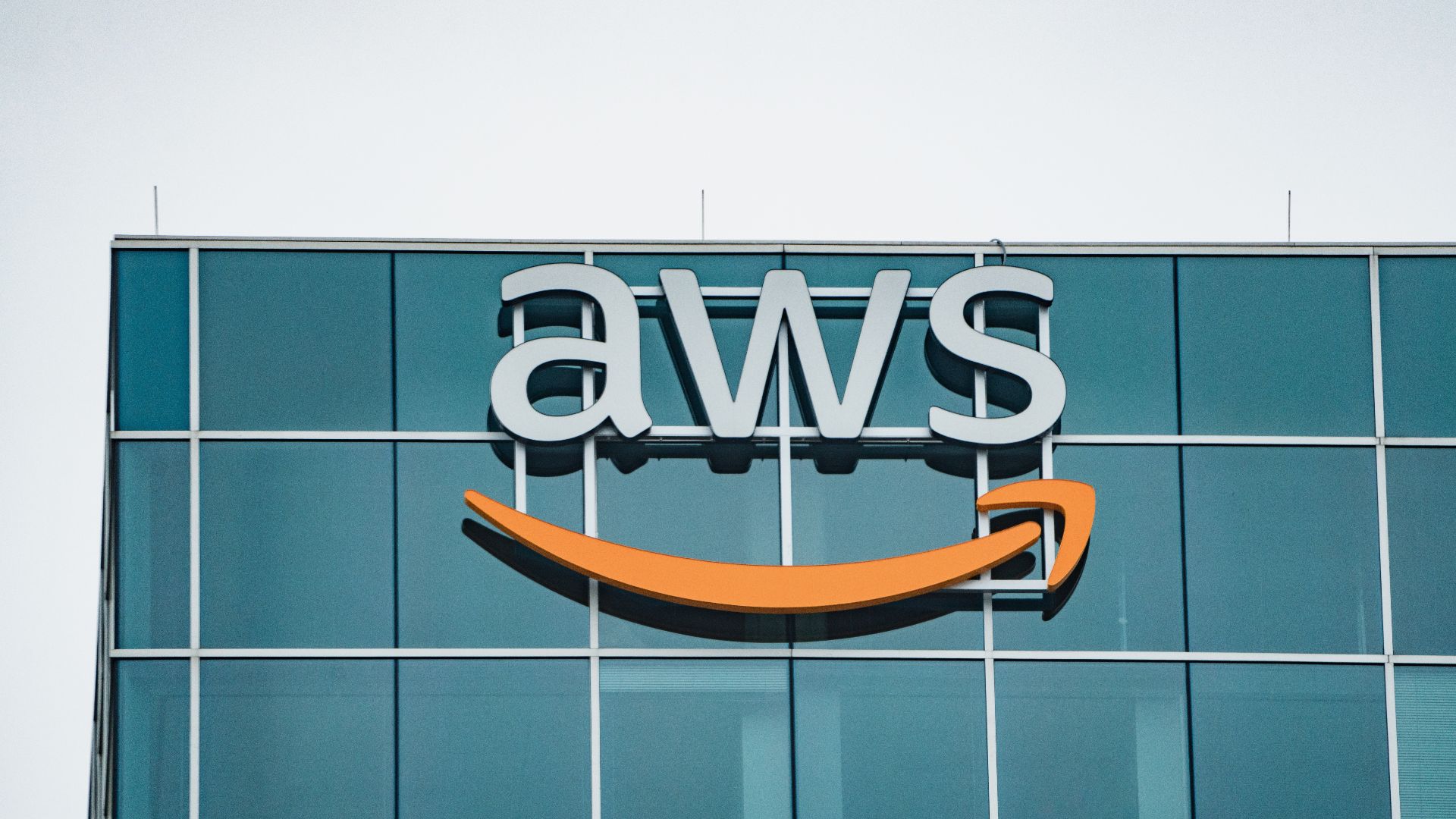 Tony Webster from Minneapolis, Minnesota, United States, Wikimedia Commons
Tony Webster from Minneapolis, Minnesota, United States, Wikimedia Commons
Amazon Prime Redefined Loyalty Through Speed
Prime debuted in 2005 with a simple pitch: unlimited two-day shipping for a flat fee. The offer appealed to frequent buyers and changed expectations around delivery. What began as a logistics perk became a loyalty engine that tied customers to Amazon for convenience and speed.
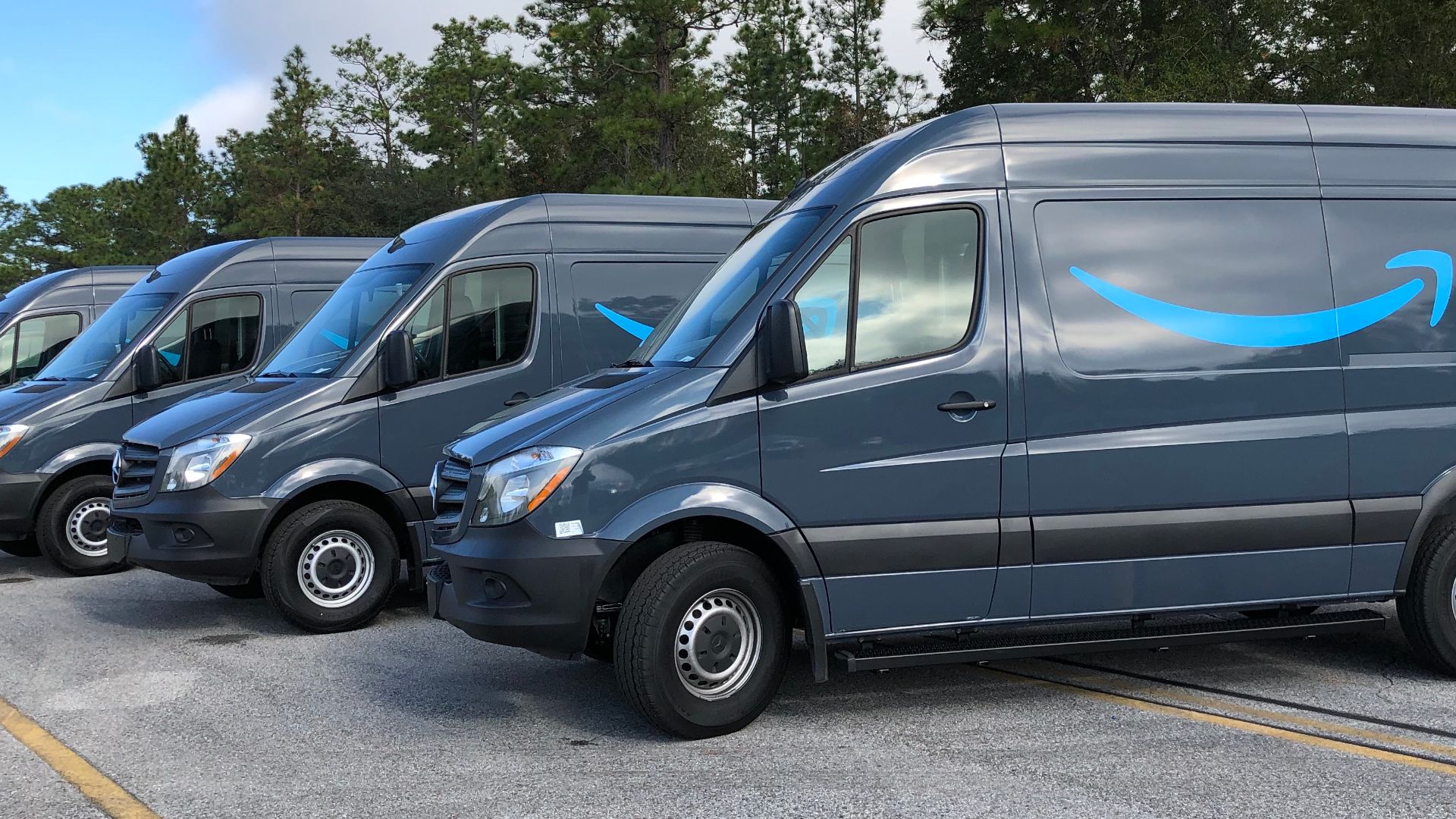 Todd Van Hoosear, Wikimedia Commons
Todd Van Hoosear, Wikimedia Commons
Bezos Warned Against The Trap Of Margins And Comfort
Bezos consistently cautioned against complacency. He warned that high margins often conceal stagnation and that comfort can stall innovation. In his view, constant invention demanded discomfort. He encouraged teams to seek new problems by knowing that long-term success required continual risk-taking and avoidance of autopilot thinking.
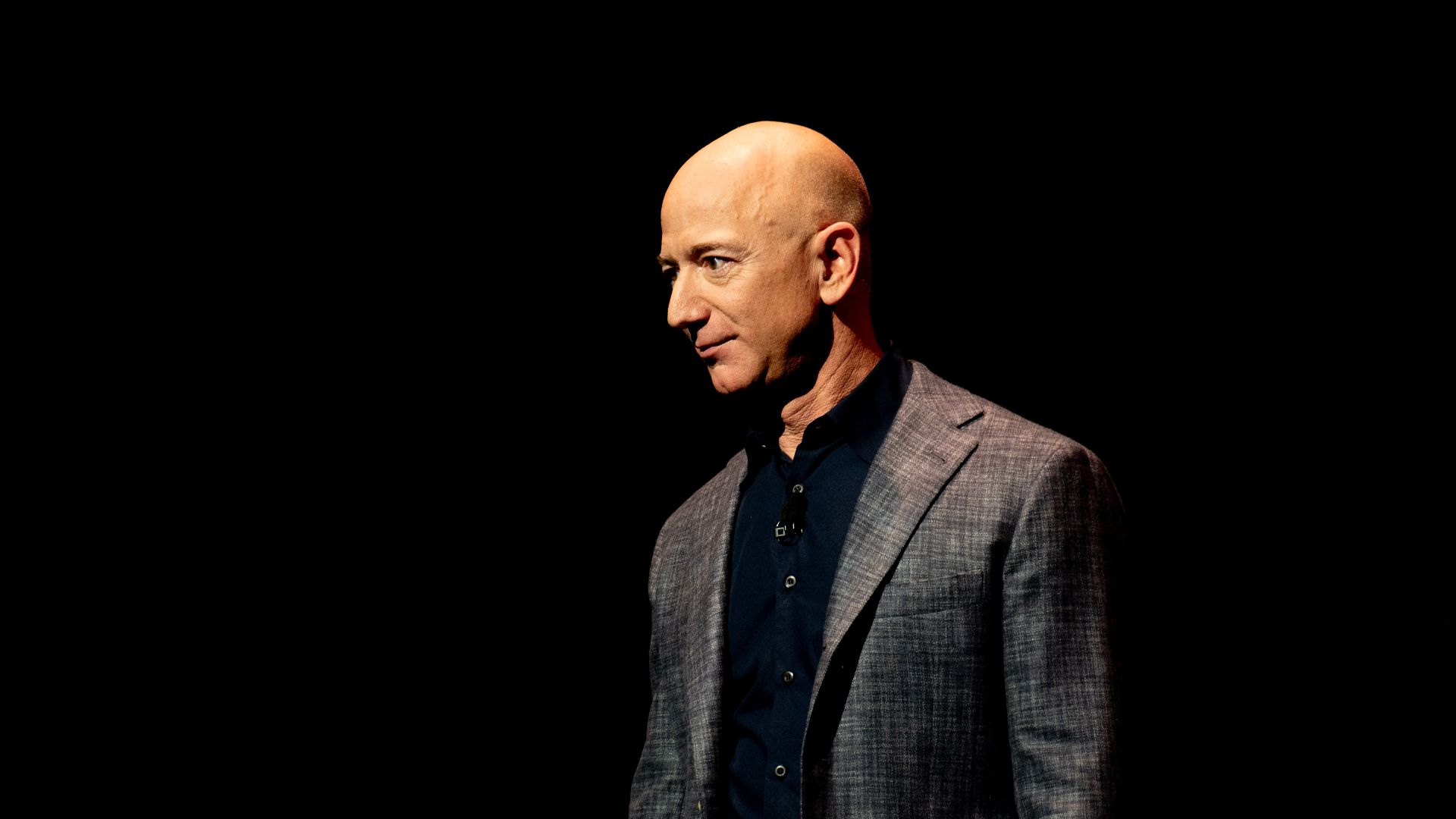 Daniel Oberhaus, Wikimedia Commons
Daniel Oberhaus, Wikimedia Commons
Amazon Became An Infrastructure, Not Just A Store
Amazon gradually expanded its scope by developing fulfillment hubs, cloud infrastructure, advertising networks, and logistics fleets. Though customers interacted with a retail front, there were vast systems operating behind it. These internal tools scaled Amazon's operations and became indispensable to businesses that depended on its growing ecosystem.
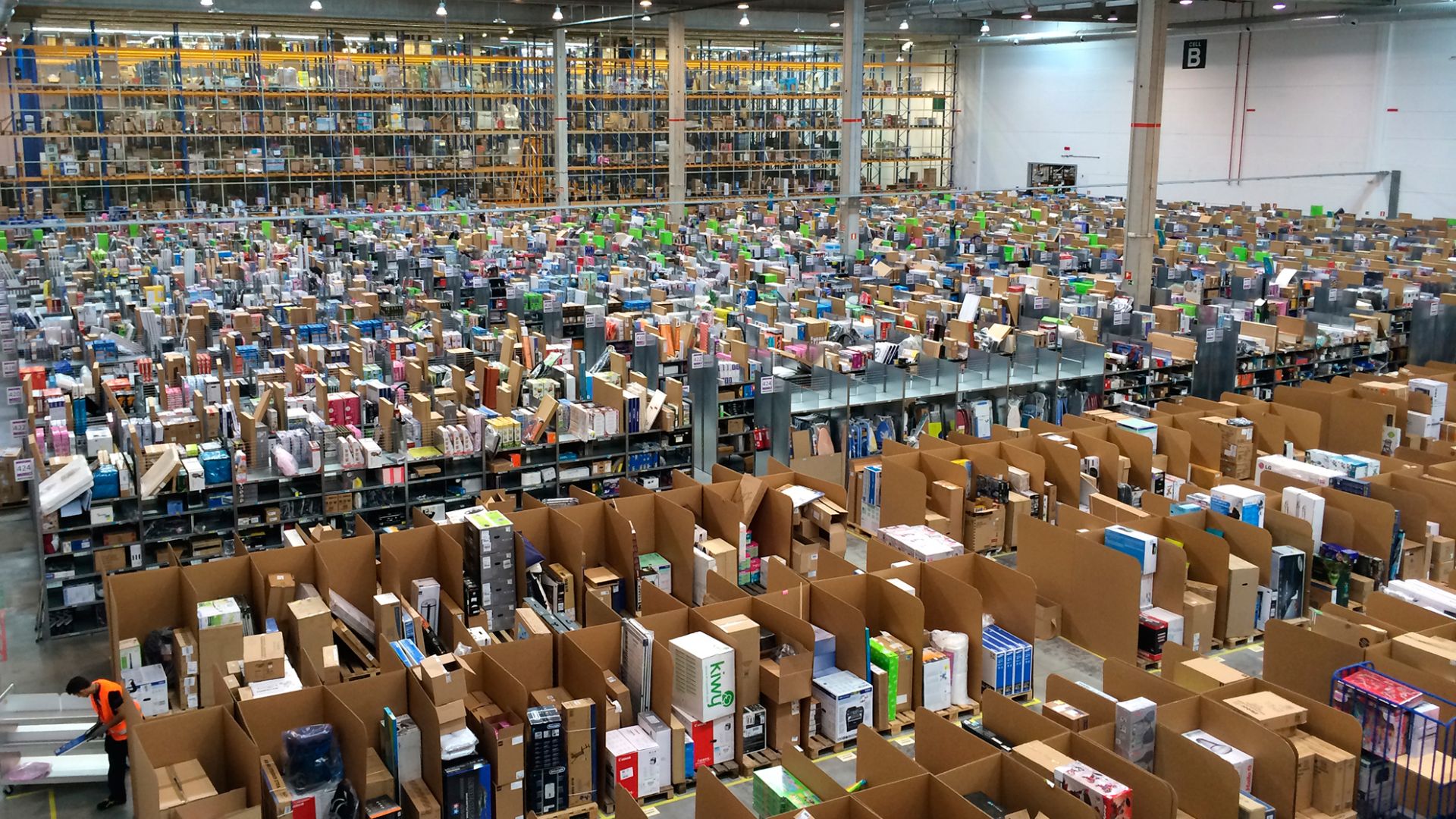 Álvaro Ibáñez from Madrid, Spain, Wikimedia Commons
Álvaro Ibáñez from Madrid, Spain, Wikimedia Commons
He Announced His Exit In 2021 But Retained Influence
In 2021, Jeff Bezos stepped down as CEO and named Andy Jassy as his successor. However, he remained Executive Chairman of Amazon's board. While no longer involved in daily operations, Bezos stayed active in guiding big-picture strategy and long-term vision, particularly across innovation and expansion initiatives.
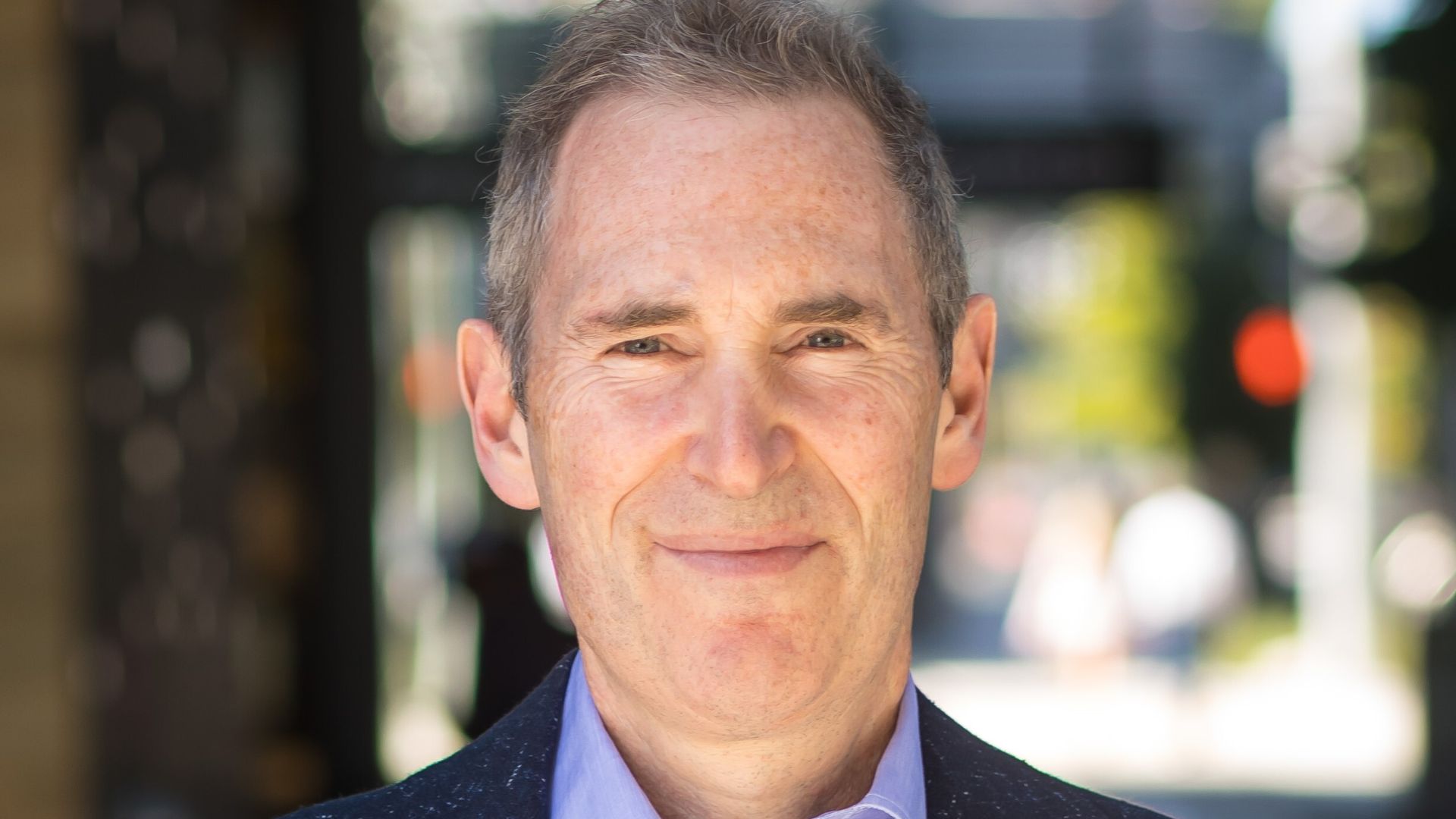 Lisi Mezistrano Wolf, Wikimedia Commons
Lisi Mezistrano Wolf, Wikimedia Commons

